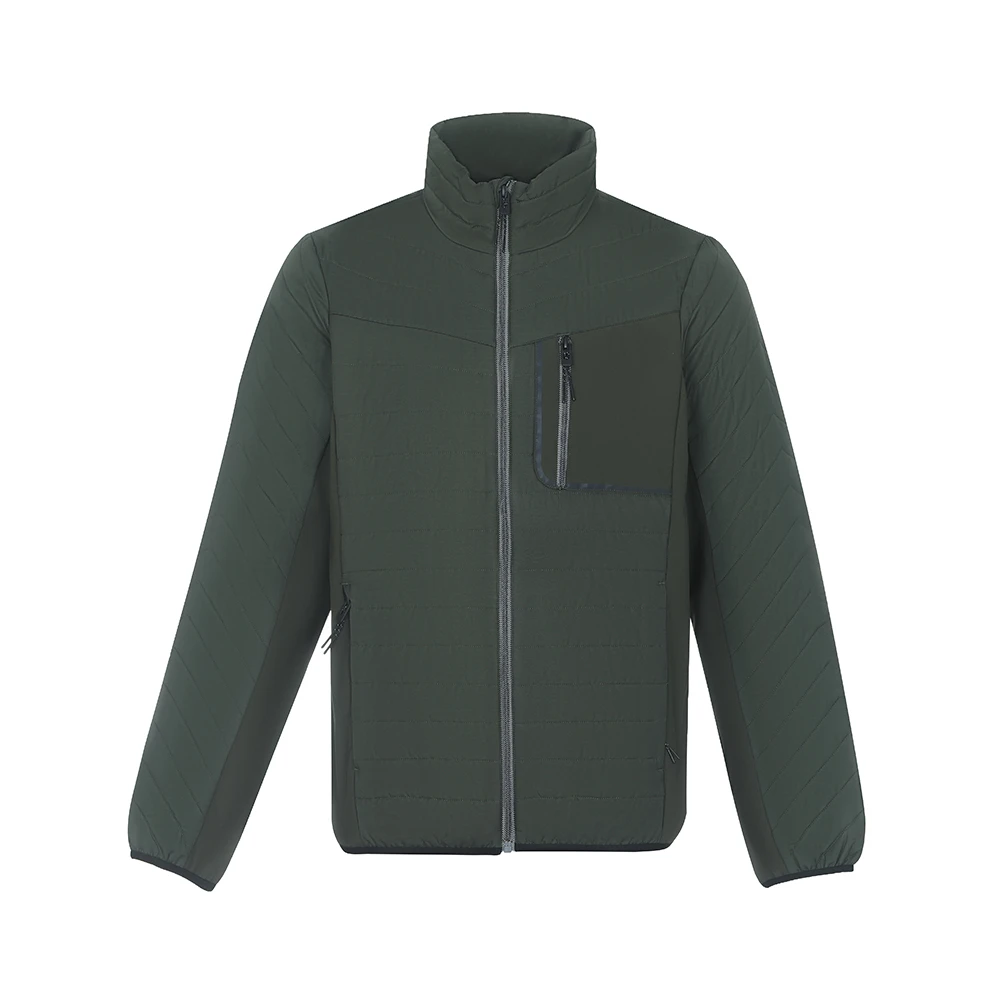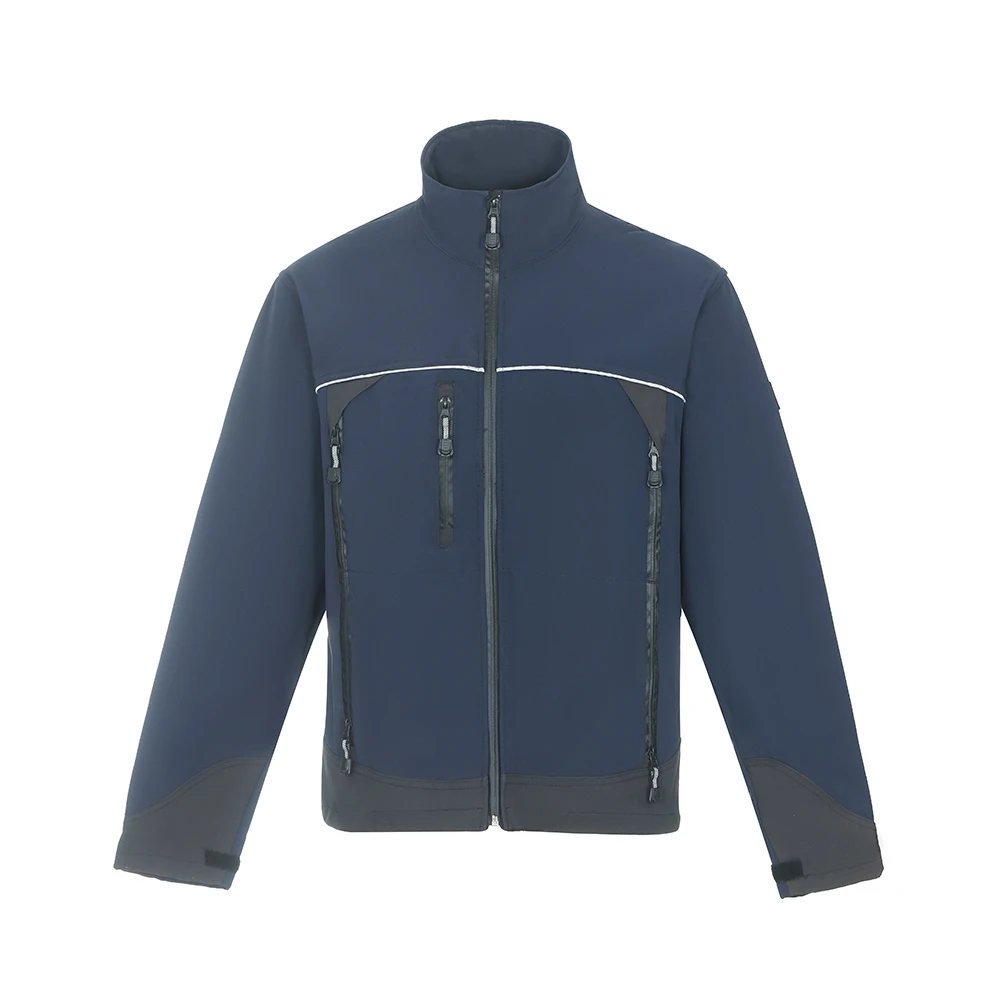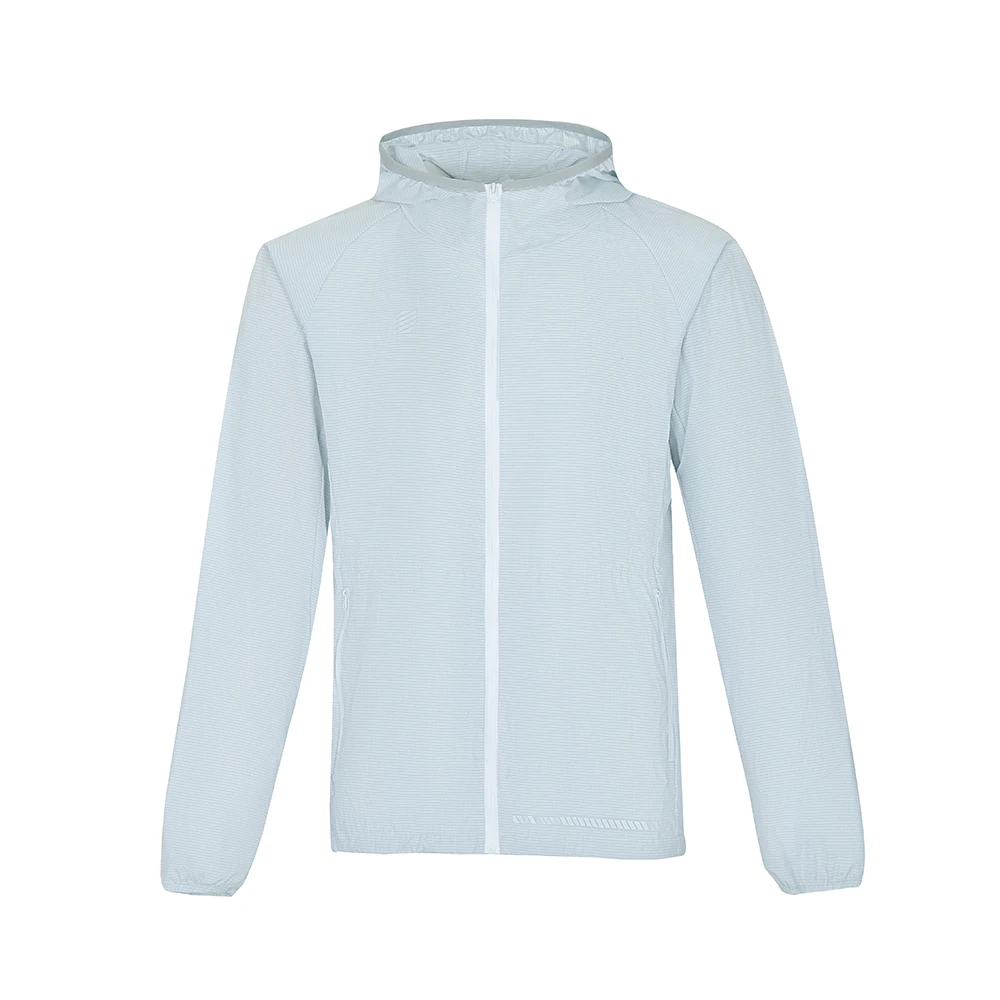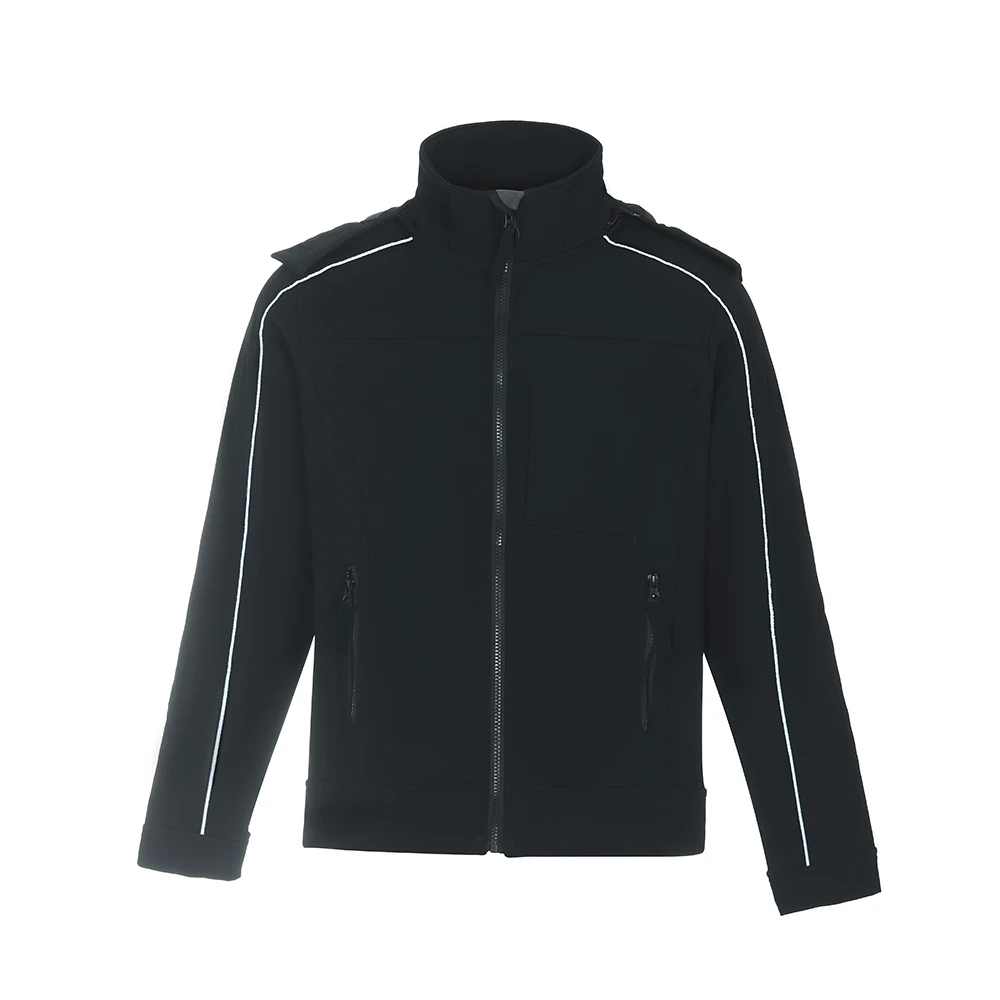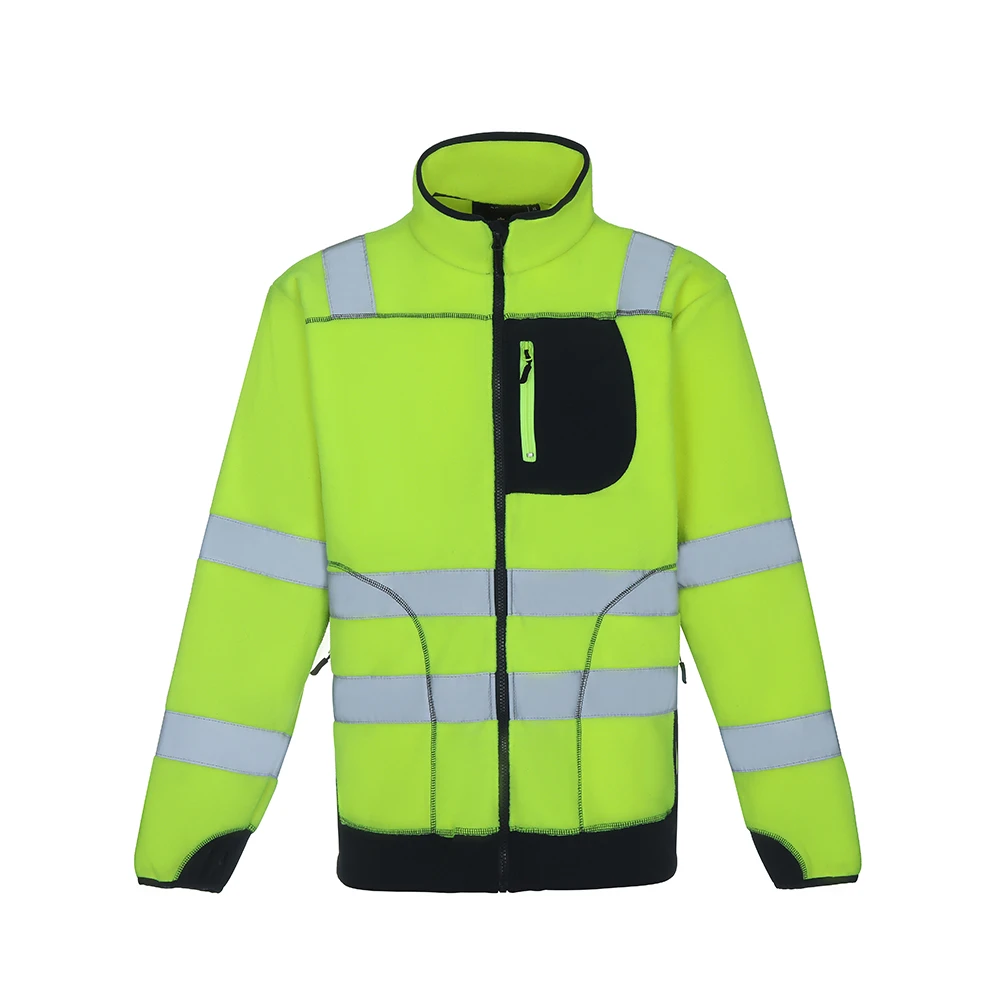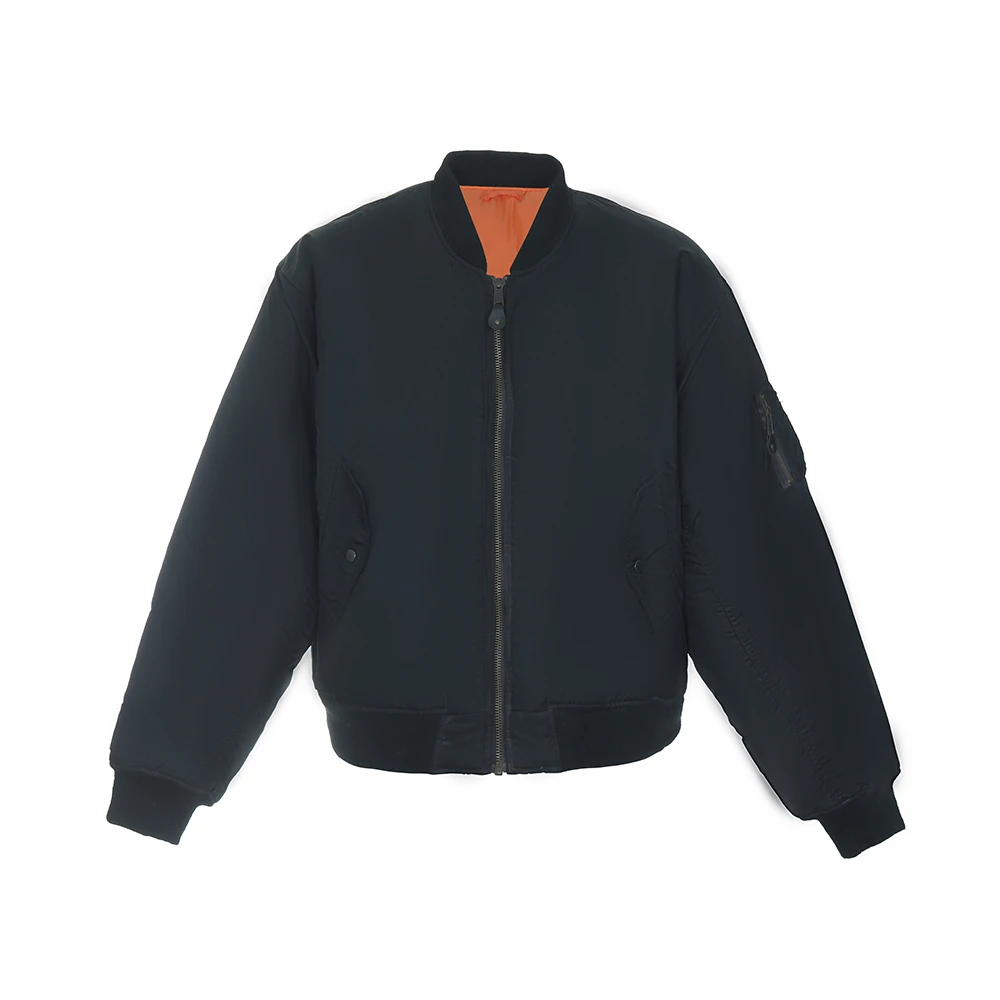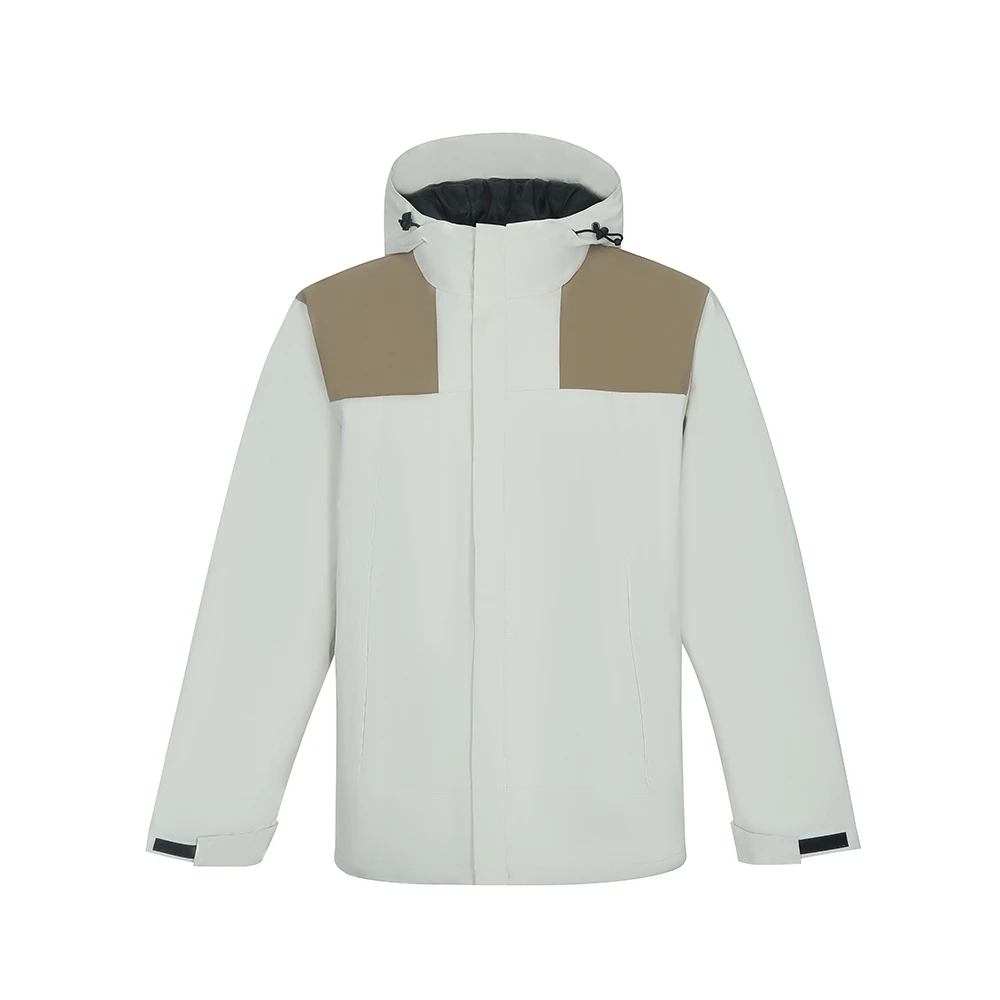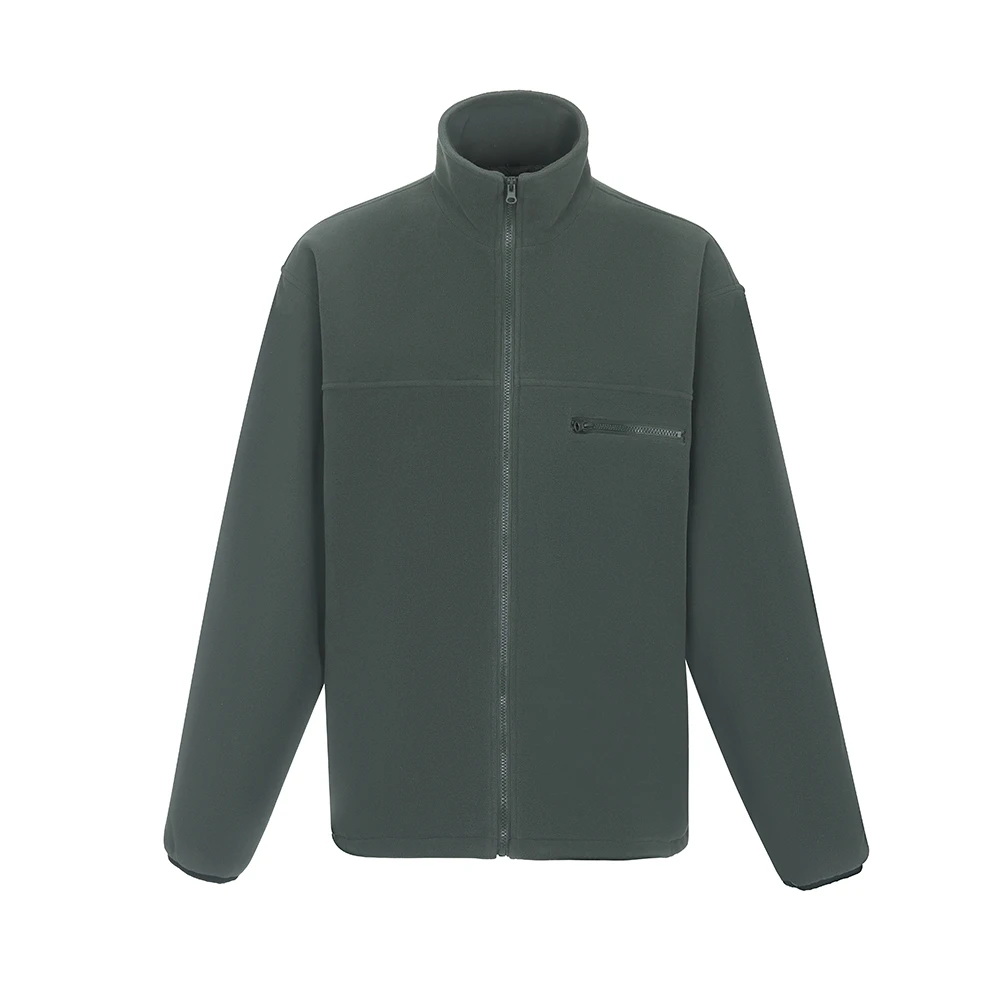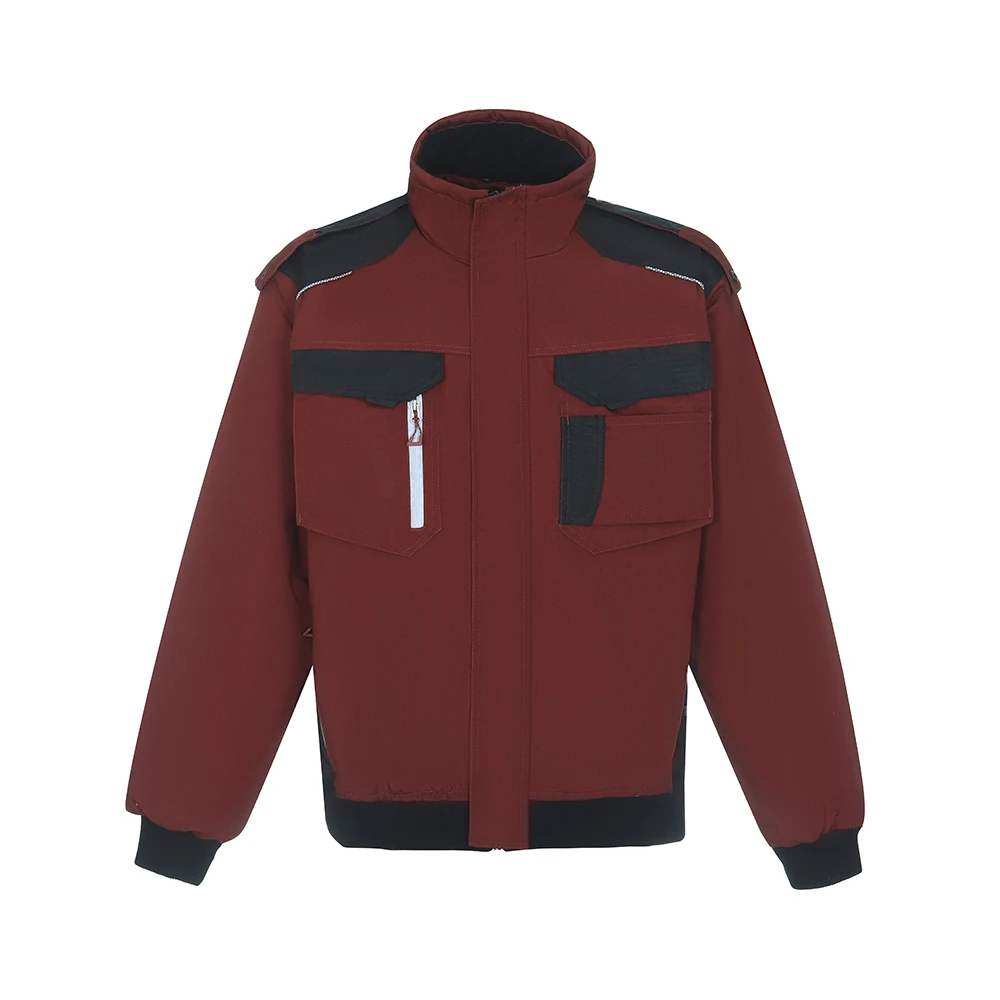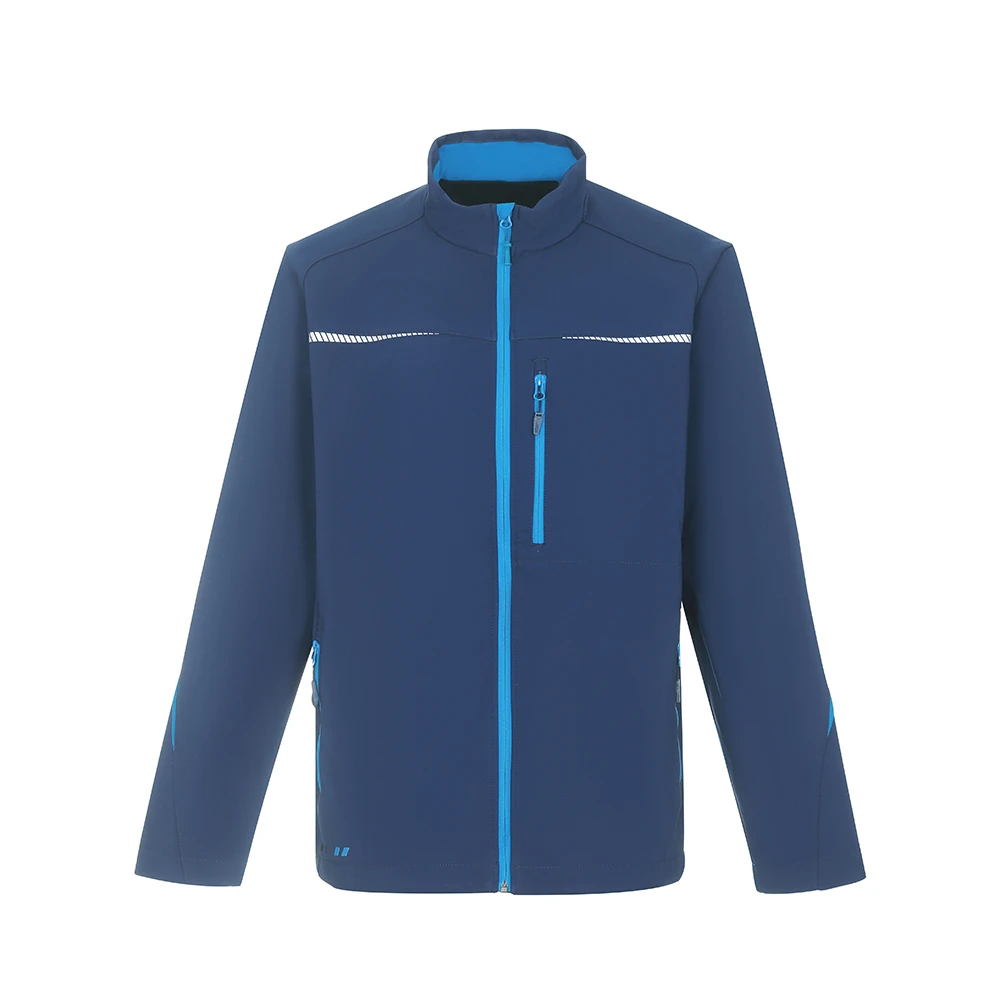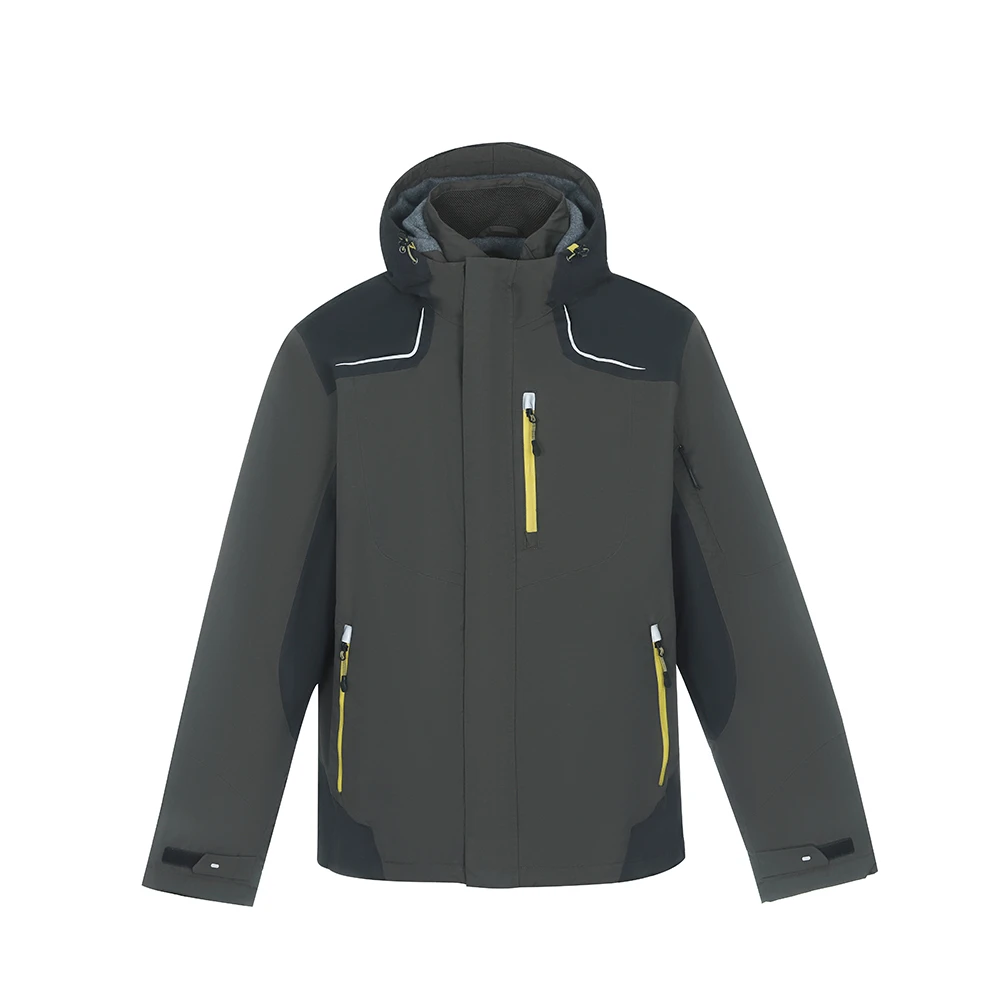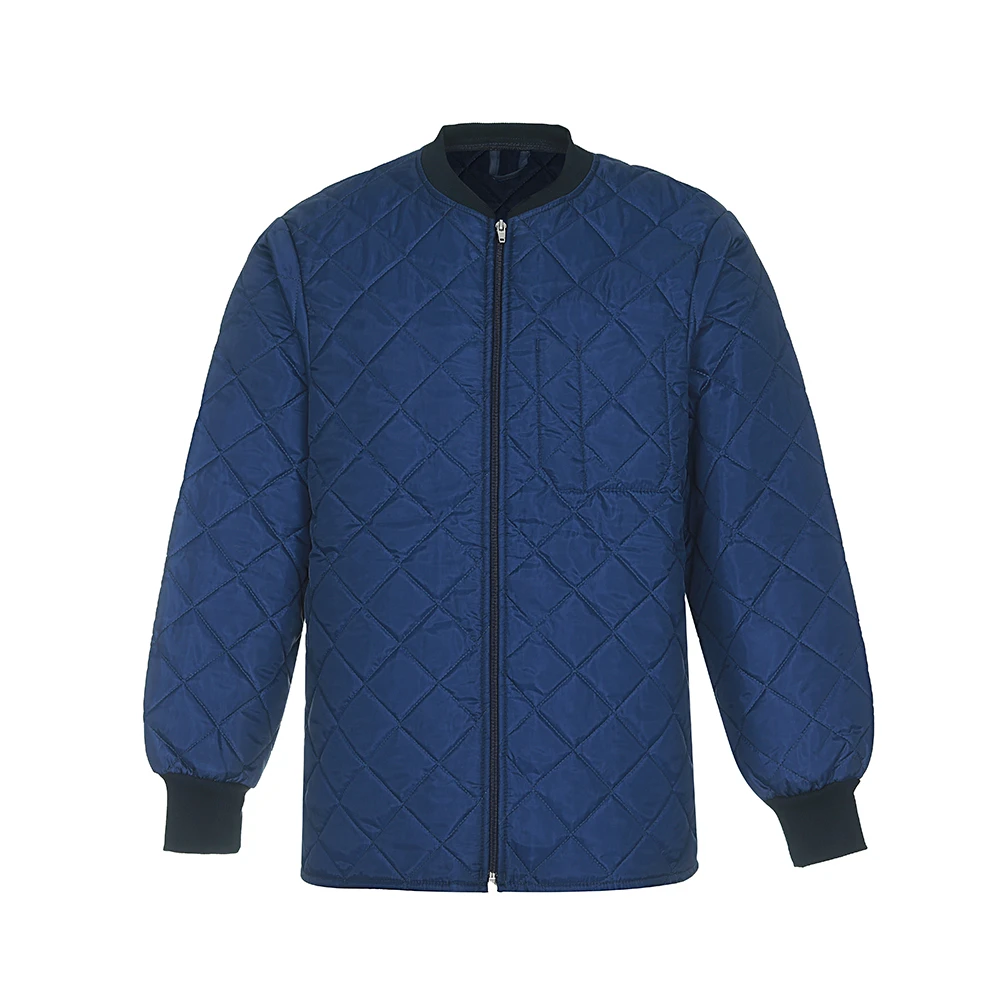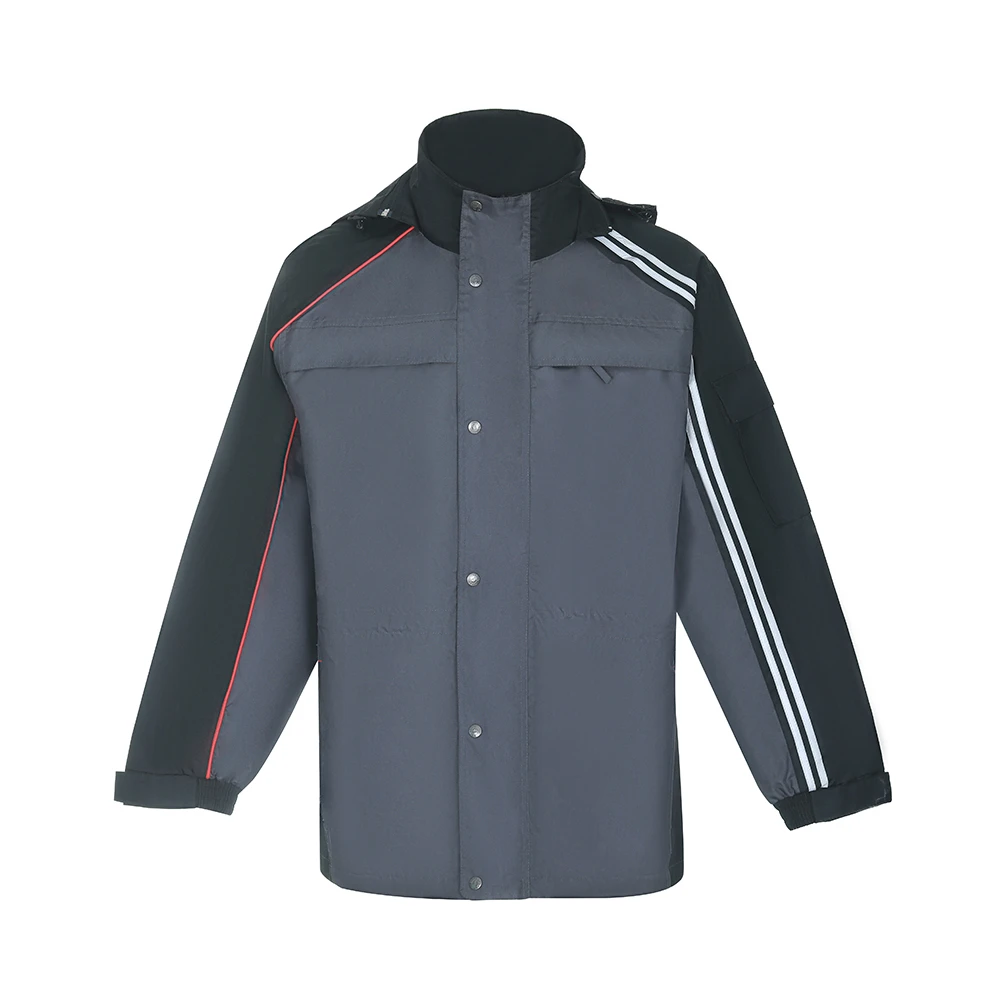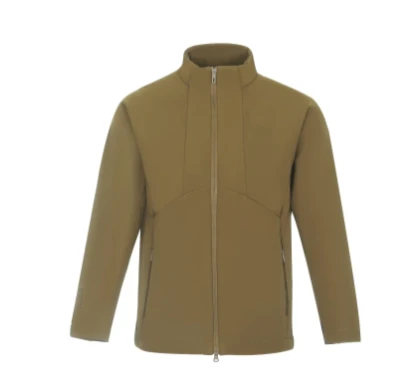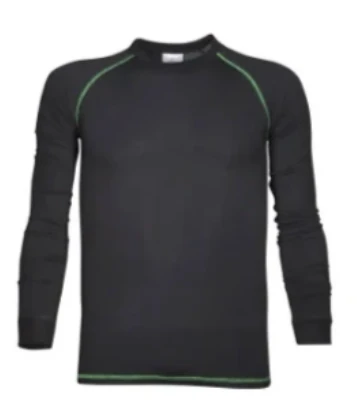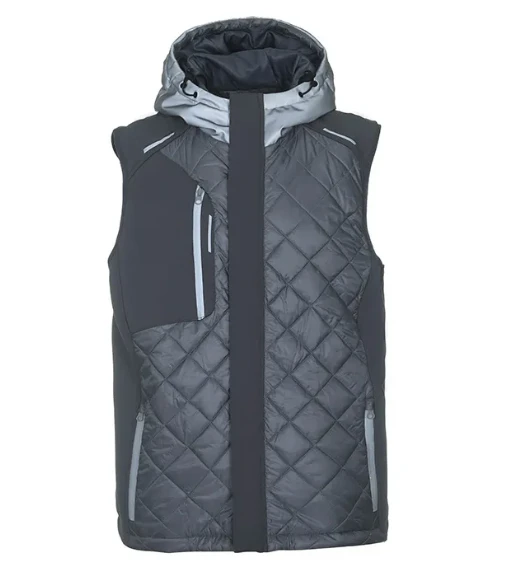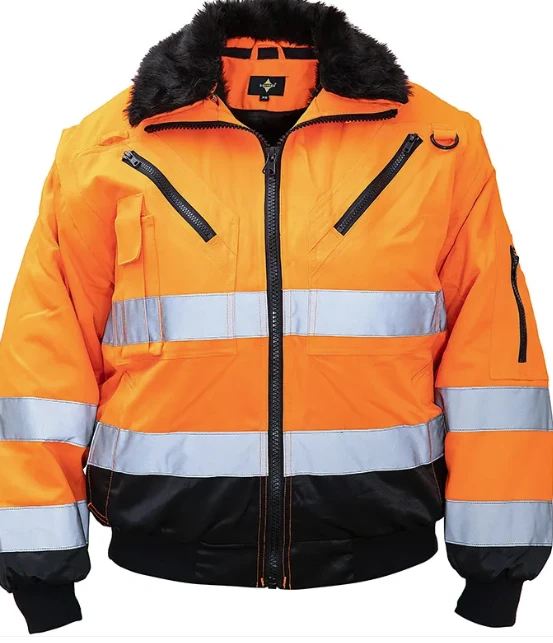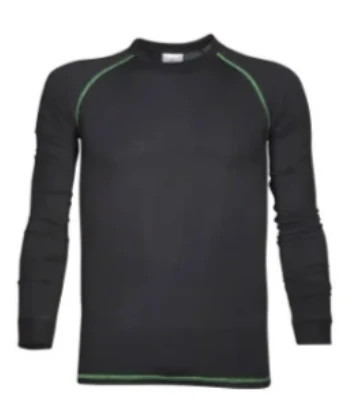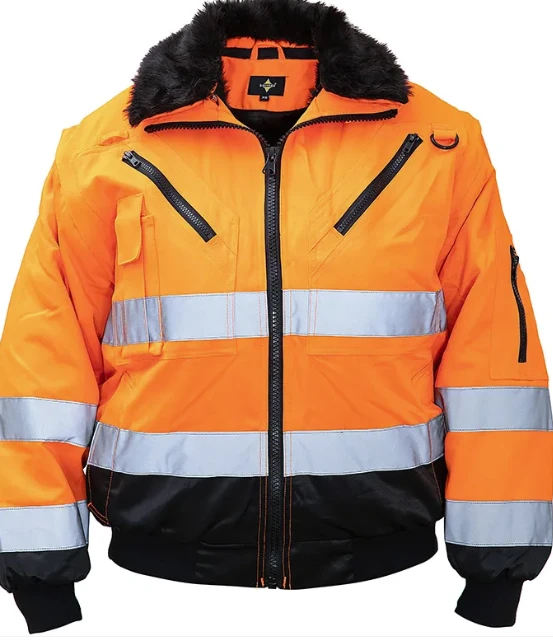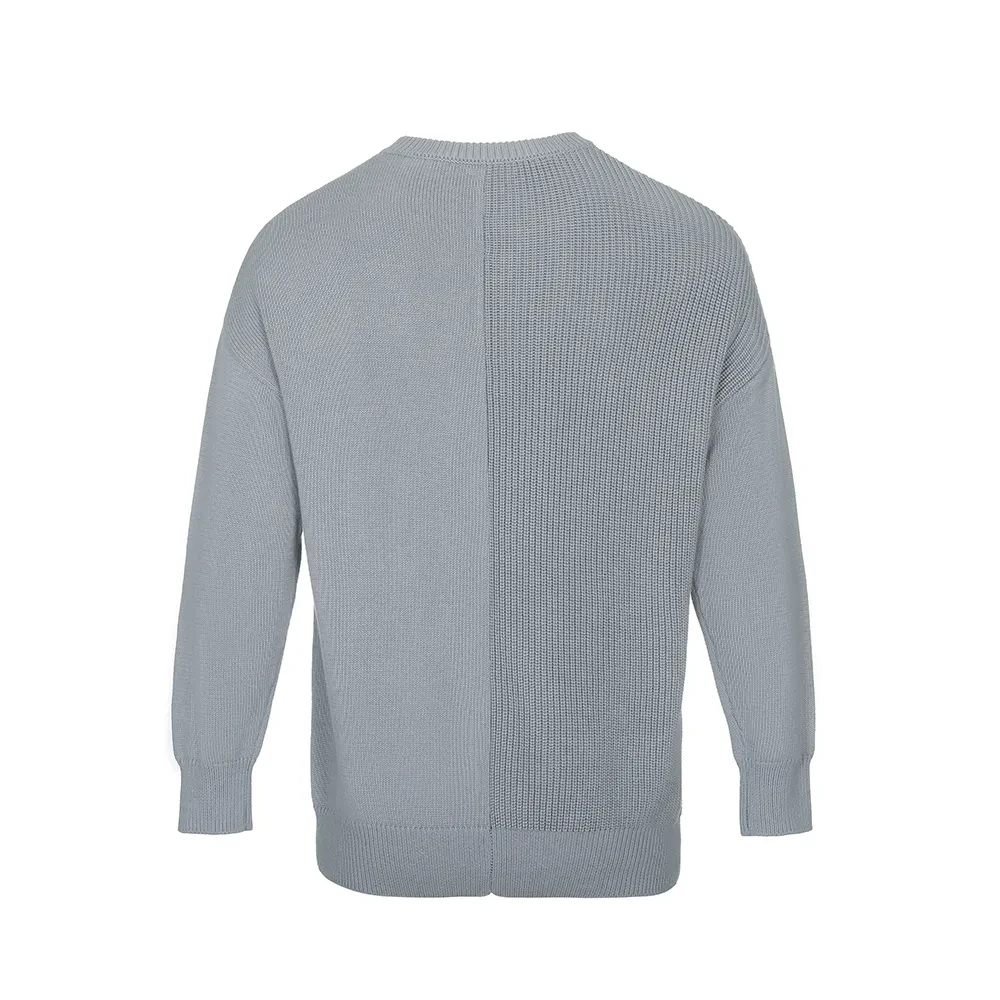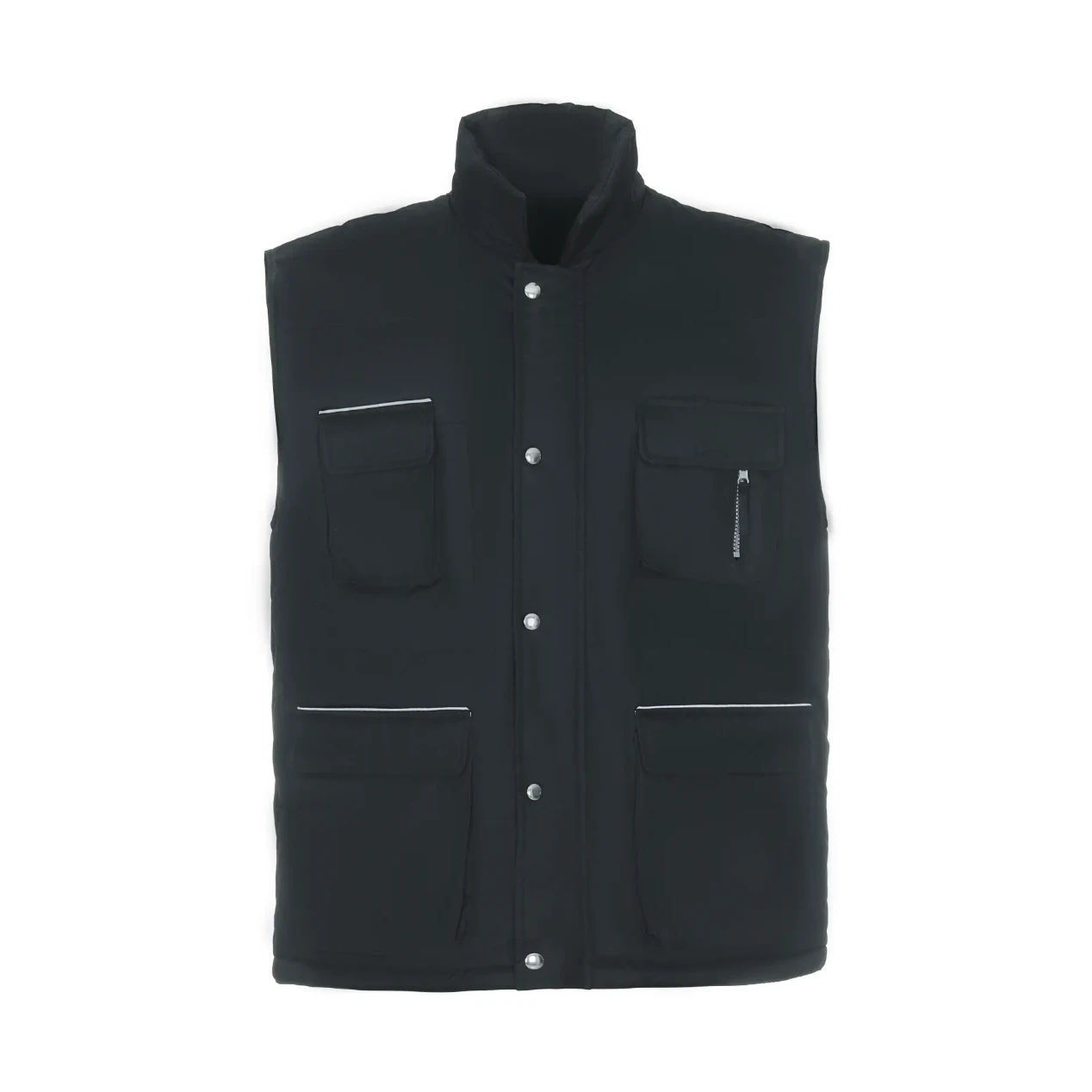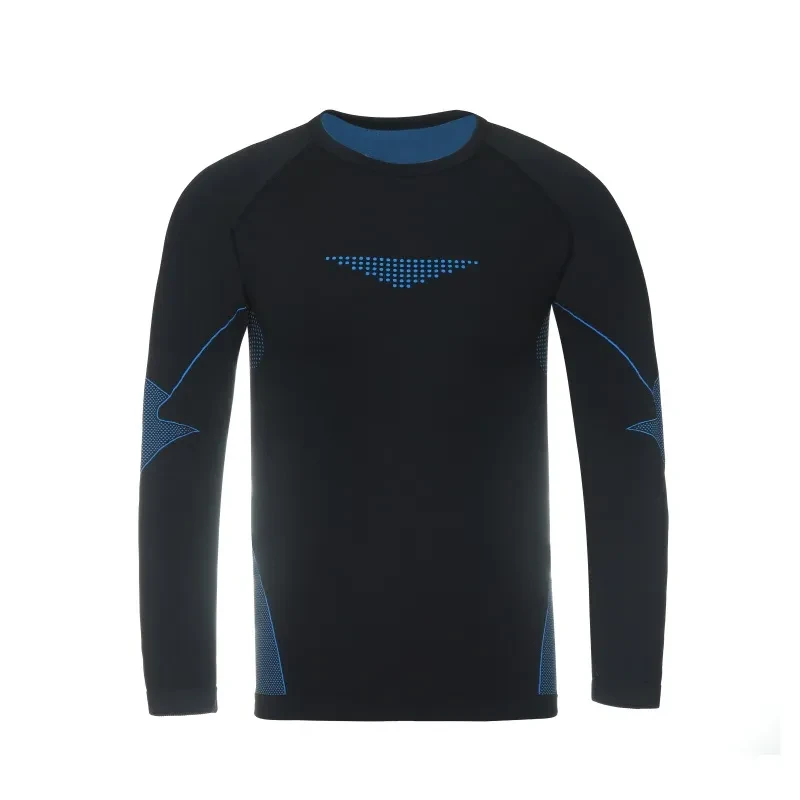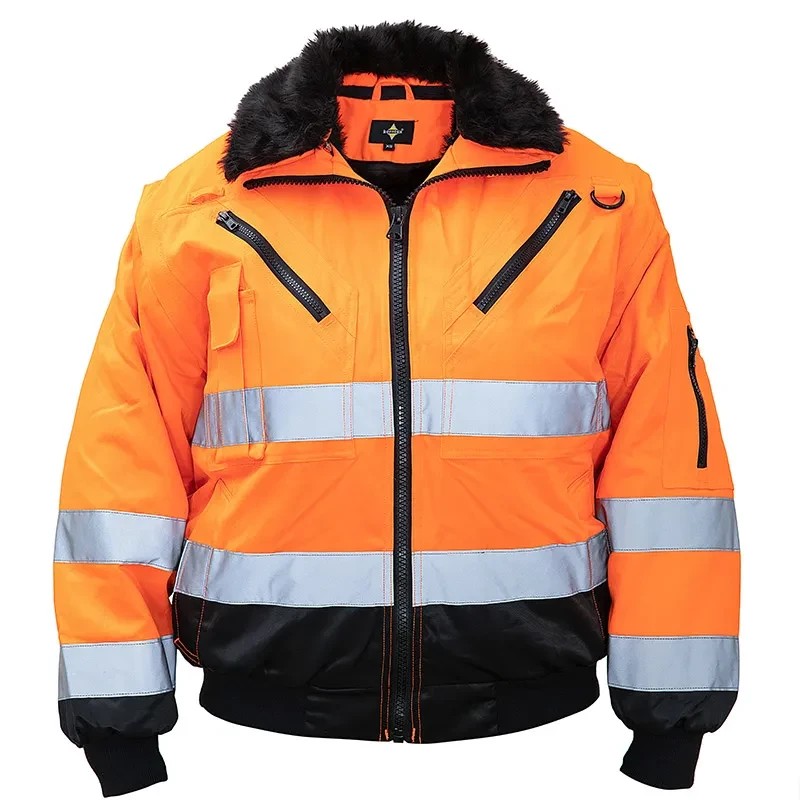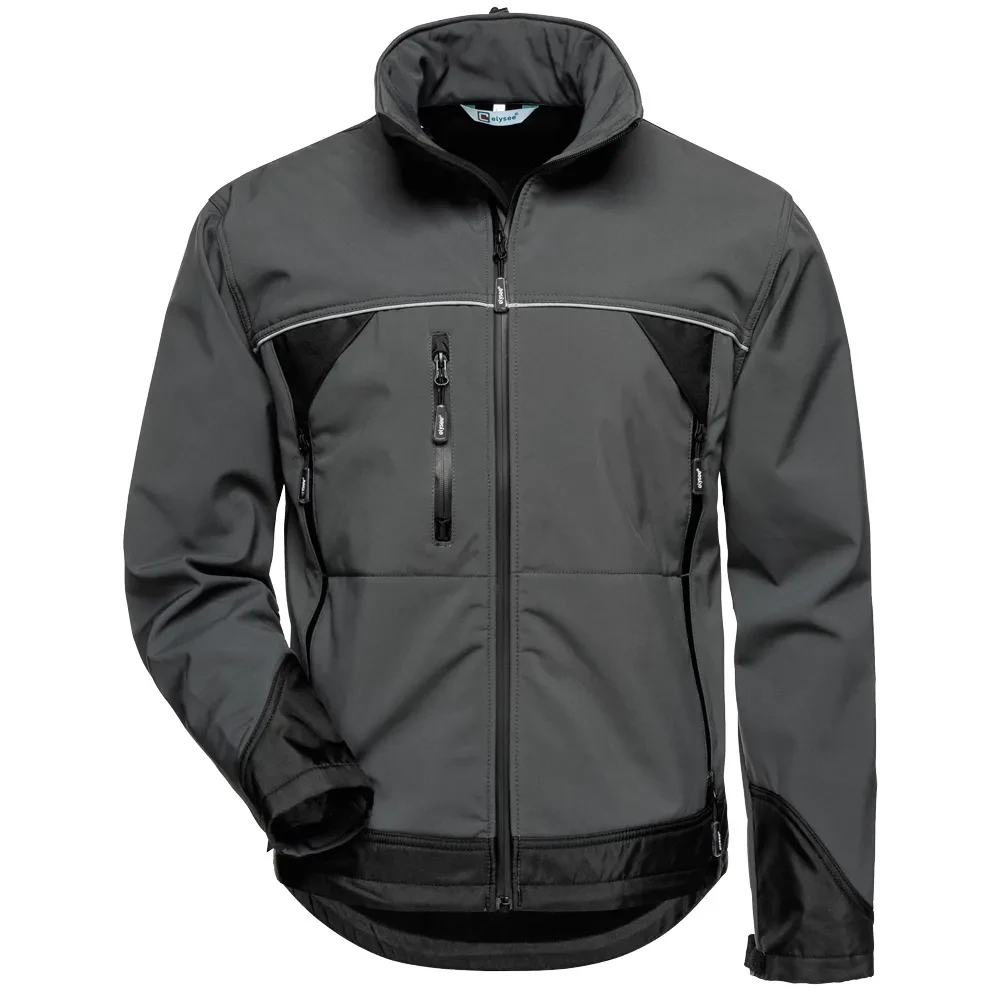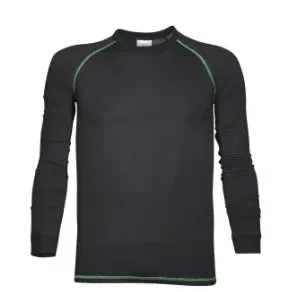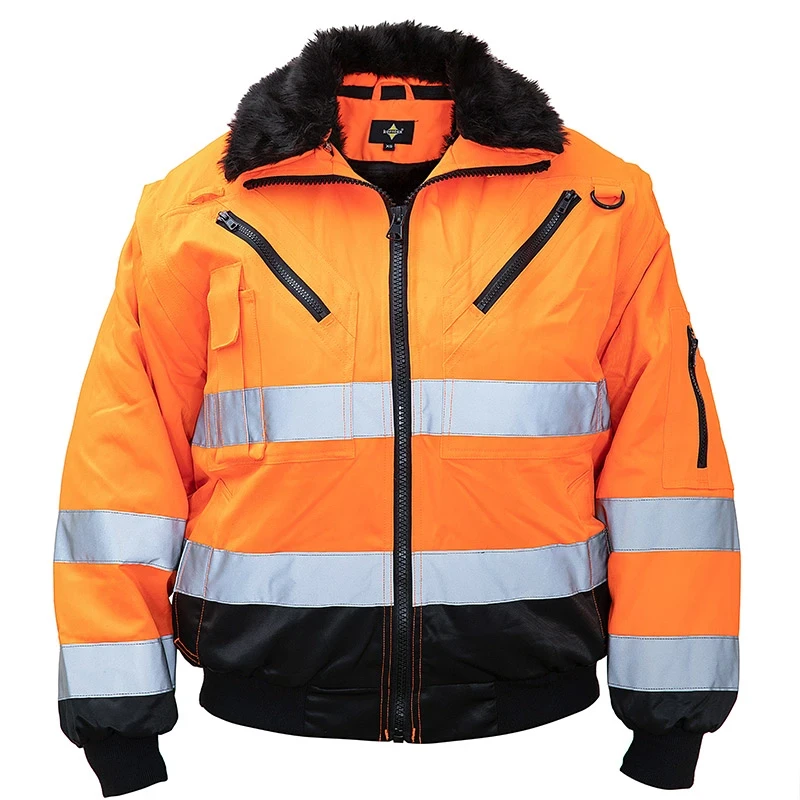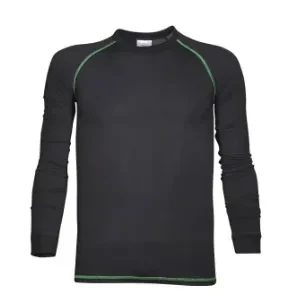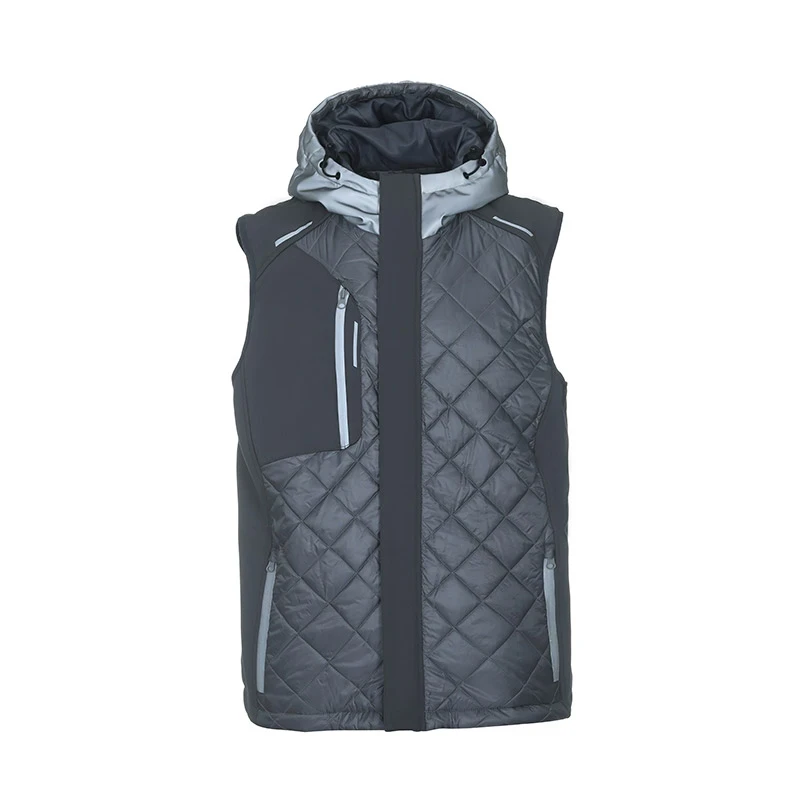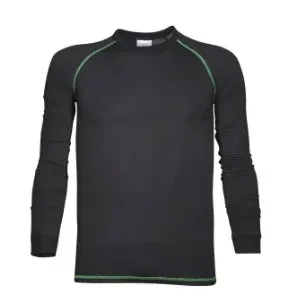Rugged Workwear Jackets: Built for Work, Outdoor & Everyday
The Evolution of Industrial Apparel: Insights into Modern Workwear Jacket Trends
In the dynamic landscape of industrial operations, the significance of professional apparel extends far beyond mere aesthetics; it is an indispensable component of occupational safety, productivity, and brand identity. Historically, workwear was rudimentary, prioritizing durability above all else. However, contemporary demands, driven by stringent safety regulations, technological advancements, and a deeper understanding of ergonomic principles, have catalyzed a profound transformation in the design and functionality of industrial garments. Today, a modern workwear jacket is a sophisticated piece of engineering, integrating cutting-edge materials with intelligent design to address specific sectoral challenges. This evolution reflects a broader industry trend towards holistic safety solutions and enhanced worker comfort, directly impacting operational efficiency and employee well-being. The market is witnessing a notable shift towards specialized garments that offer multi-functional protection, adapting to diverse environmental conditions and operational hazards. This includes garments with advanced thermal regulation properties, enhanced visibility features, and specialized resistance to chemicals, abrasions, or extreme temperatures. Furthermore, the imperative for sustainability is reshaping material sourcing and manufacturing processes, with an increasing emphasis on eco-friendly fabrics and ethical production chains. As businesses navigate complex regulatory frameworks and strive for peak performance, the choice of appropriate workwear has become a strategic decision, influencing not only compliance but also the overall competitiveness and reputation of an enterprise.
Current industry trends highlight several key areas of innovation in industrial apparel. Firstly, there is a pronounced move towards 'smart textiles,' which incorporate embedded sensors or electronic components to monitor vital signs, detect hazards, or facilitate communication, marking a significant leap from traditional protective wear. While still nascent, these technologies promise to revolutionize safety protocols in high-risk environments. Secondly, hybrid designs are gaining traction, merging the protective qualities of a heavy-duty jacket with the flexibility and breathability of lighter garments, catering to roles that demand varied levels of activity and protection. This often includes modular designs where layers can be added or removed, such as a robust outer shell paired with a detachable warm vest jacket, providing adaptable insulation for fluctuating temperatures. Thirdly, the global push for sustainability is influencing fabric choices, leading to increased adoption of recycled materials, organic cottons, and innovative synthetic fibers with reduced environmental footprints. Manufacturers are also exploring circular economy models, where old garments are repurposed or recycled, minimizing waste. Lastly, customization capabilities are becoming paramount in the B2B sector. Companies seek workwear that not only meets their functional requirements but also aligns with their brand identity through specific color schemes, logo placements, and unique design elements. This trend underscores the role of workwear as a powerful tool for corporate branding and team cohesion. The market for industrial jackets, including robust outdoor jackets, is projected to grow steadily, driven by rising industrialization in emerging economies, stricter safety regulations worldwide, and a growing awareness among employers regarding the intrinsic link between worker safety, comfort, and productivity. As industries become more specialized, so too does the demand for highly targeted and technologically advanced workwear solutions, making strategic partnerships with expert manufacturers more crucial than ever.
The Anatomy of a High-Performance Workwear Jacket: Technical Parameters Defined
A truly high-performance workwear jacket is defined by a meticulous blend of material science, ergonomic design, and advanced manufacturing techniques, each contributing to its overall protective capabilities, comfort, and longevity. The fundamental technical parameters dictate how a jacket will perform under specific operational stresses and environmental conditions. Understanding these specifications is critical for B2B purchasers to make informed decisions that align with their operational safety standards and budgetary considerations. Key among these parameters is the fabric composition. Modern workwear employs a diverse range of materials, from heavy-duty cotton duck and blended canvas for general durability to sophisticated synthetic blends incorporating nylon, polyester, and elastane for enhanced tear resistance, abrasion resistance, and flexibility. For specialized applications, fabrics treated for flame resistance (FR), chemical splash protection, or anti-static properties are essential. Water resistance is another crucial parameter, often measured in terms of hydrostatic head pressure (e.g., 5,000mm, 10,000mm), indicating the height of a column of water the fabric can withstand before leaking. Breathability, measured in MVP (Moisture Vapor Permeability) or RET (Resistance to Evaporative Heat Transfer), is equally vital, ensuring wearer comfort by allowing perspiration to escape, preventing heat buildup and reducing the risk of heat stress during strenuous activity. The Bomb Jacket, for instance, balances robust outer layers with breathable membranes to offer comprehensive protection without compromising user comfort, making it suitable for a wide array of demanding industrial tasks.
Beyond primary fabric properties, insulation plays a pivotal role, particularly for outdoor jackets and those designed for cold environments. Insulation types vary from natural down (known for its superior warmth-to-weight ratio) to synthetic alternatives like Thinsulate™, PrimaLoft®, or fleece, which retain warmth even when damp and are often hypoallergenic. The insulation's gram weight (e.g., 60g, 100g, 200g) directly correlates with its thermal efficacy. Hardware components, such as zippers, snaps, and buckles, are equally important. YKK® zippers, for example, are a benchmark for durability and smooth operation, resisting corrosion and seizing in harsh conditions. Reinforcements at critical stress points, such as elbows, shoulders, and pocket openings, using materials like Cordura® or Kevlar®, significantly extend the garment's lifespan by mitigating wear and tear. Furthermore, specialized features like reflective taping (conforming to ANSI/ISEA 107 standards for high-visibility apparel), integrated knee or elbow pad pockets, and multiple utility pockets with robust closures enhance functionality and safety. The stitching technique, whether double-needle or triple-needle, also contributes to seam strength and overall garment integrity. For environments requiring electromagnetic shielding or static discharge prevention, materials with conductive fibers are incorporated. The cumulative effect of these technical parameters results in a workwear jacket that is not just a uniform, but a piece of protective equipment, meticulously engineered to safeguard personnel and optimize performance in challenging operational settings.
Key Workwear Jacket Parameters Comparison Table
| Parameter | Bomb Jacket (QS Clothing) | Generic Premium Workwear Jacket | Generic Standard Workwear Jacket |
|---|---|---|---|
| Outer Shell Material | Heavy-Duty Nylon/Polyester Blend (DWR Coated) | Abrasion-Resistant Duck Canvas/Cordura Blend | Cotton Duck or Standard Polyester |
| Water Resistance (Hydrostatic Head) | 10,000mm+ (Seam Sealed) | 5,000mm - 8,000mm (Partially Sealed) | 1,000mm - 3,000mm (Basic Water Repellent) |
| Breathability (MVP/RET) | 10,000g/m²/24h (RET < 9) | 5,000g/m²/24h (RET < 13) | 2,000g/m²/24h (RET > 15) |
| Insulation Type | Synthetic Down Alternative (e.g., Thinsulate™) | Polyester Fill or Fleece Lining | Light Fleece or Quilted Lining |
| Hardware Quality | YKK® Zippers, Reinforced Snaps | Reputable Brand Zippers, Standard Snaps | Generic Zippers and Snaps |
| Reinforcements | Cordura® at Key Stress Points | Double Layering in High-Wear Areas | Basic Bar-tacking |
| Seam Construction | Double/Triple-Stitched, Taped & Sealed | Double-Stitched | Single/Double-Stitched |
| Safety Features | ANSI/ISEA 107 Compliant Reflective Accents (Optional FR) | Limited Reflectivity | None or Minimal |
| Typical Lifespan | 3-5+ Years (Heavy Industrial Use) | 2-3 Years (Medium Industrial Use) | 1-2 Years (Light Industrial Use) |
Advanced Craftsmanship: Manufacturing Excellence in Workwear Production
The production of a high-quality workwear jacket is a complex, multi-stage process that marries traditional textile manufacturing techniques with advanced technological interventions. It begins with meticulous material sourcing, where fabrics are selected not only for their inherent properties—such as tear strength, abrasion resistance, and flame retardancy—but also for their consistency and ethical production credentials. For instance, high-tensile polyester-cotton blends are often chosen for their robust performance in demanding environments, while specialized membranes are integrated for waterproofing and breathability. Once materials arrive, they undergo rigorous incoming quality inspections to ensure they meet stringent specifications for weight, color fastness, and structural integrity. This initial stage is crucial for ensuring the final product's performance and compliance with industry standards like ISO 9001 for quality management systems. Following material validation, precision cutting is employed, often utilizing Computer-Aided Design (CAD) and Computer-Aided Manufacturing (CAM) systems. These systems optimize fabric utilization, minimizing waste and ensuring accurate, consistent cuts of all pattern pieces, from the main body panels to intricate pocket linings and collar components. This digital precision far surpasses manual cutting methods, especially for large-scale production, guaranteeing uniformity across thousands of garments.
The subsequent phase involves the assembly of these cut pieces through advanced stitching and seam-sealing techniques. Unlike conventional garments, a workwear jacket demands reinforced seams capable of withstanding extreme stresses, repeated washing cycles, and prolonged wear. This typically involves double-needle or triple-needle stitching using high-strength polyester or nylon threads, often reinforced with bar-tacking at critical stress points like pocket corners, zipper attachments, and cuff edges. For waterproof or water-resistant garments, seam sealing is a non-negotiable step. Taped or welded seams prevent water ingress through needle perforations, a vital feature for outdoor jackets. Specialized machinery is used to apply heat-activated tapes or ultrasonic welding to create impervious bonds along all seams. The integration of components such as robust zippers (e.g., YKK heavy-duty), durable snaps, and specialized hardware for tool loops or D-rings requires precise insertion and reinforcement to prevent detachment under load. Quality control is embedded throughout this entire process, not just at the end. In-line inspections verify seam integrity, stitch density, and component attachment at each assembly stage. Final inspections include comprehensive checks for dimensional accuracy, material defects, and adherence to specific performance criteria, such as water column tests, abrasion tests (e.g., Martindale abrasion test), and tensile strength tests. For flame-resistant garments, samples might undergo vertical flame tests (NFPA 2112, EN ISO 11612) to ensure compliance.
The manufacturing philosophy extends to ensuring the extended lifespan and optimal performance of the workwear jacket in its intended application. For industries like petrochemicals, metallurgy, or utilities, the jacket must withstand exposure to harsh chemicals, extreme temperatures, or rough surfaces. This necessitates the use of specialized coatings, treatments, or specific fiber blends, such as those with inherent flame-retardant properties or enhanced resistance to chemical degradation. Durability is not merely about surviving a single impact; it's about maintaining structural integrity and protective features over years of daily rigorous use. This is where the initial design, material selection, and quality of manufacturing converge to deliver a product that offers superior return on investment through extended service life and reduced replacement costs. For example, a well-made industrial jacket designed for the given field can reduce energy consumption by providing effective insulation, minimizing the need for additional layers, and optimizing worker comfort, thereby contributing to higher productivity. Furthermore, treatments for anti-corrosion on metallic components, or specialized finishes that repel oils and greases, enhance the longevity and ease of maintenance of the garment. The comprehensive manufacturing process, from raw material to finished product, is meticulously engineered to provide superior protection, comfort, and durability, directly contributing to worker safety and operational efficiency in the most demanding industrial environments.
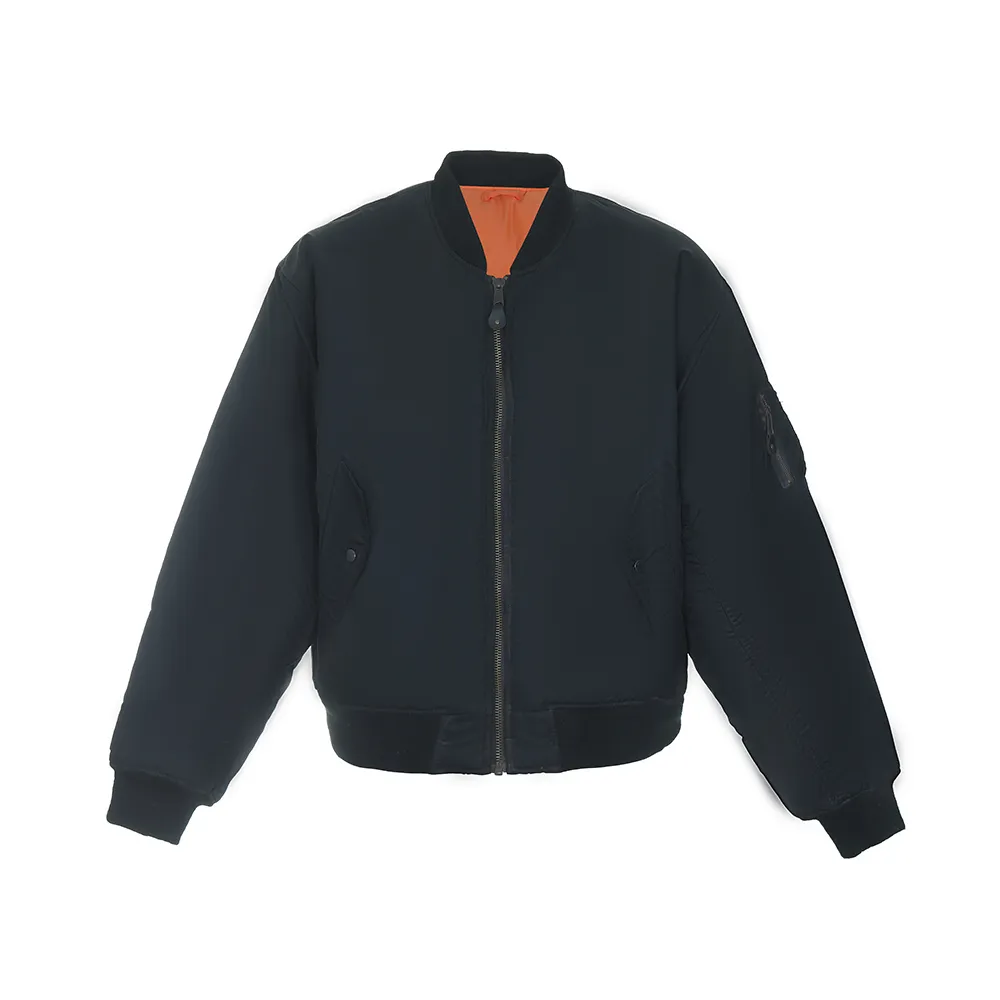
Figure 1: Illustration of precision cutting in workwear jacket production.
Beyond the Workshop: Diverse Application Scenarios for High-Performance Workwear
The versatility of a well-engineered workwear jacket allows its application across an incredibly broad spectrum of industries, each presenting unique challenges and requiring specific protective features. In the petrochemical sector, for instance, workers are routinely exposed to flammable materials, chemical splashes, and extreme temperatures. Here, jackets must primarily offer flame-retardant (FR) properties compliant with standards like NFPA 2112 or EN ISO 11612, chemical resistance, and anti-static capabilities to prevent ignition from static discharge. The design must also facilitate mobility while providing comprehensive coverage, often integrating durable, multi-layered fabrics that resist tears and abrasions. For those operating in the metallurgy and heavy industry domains, the primary concerns revolve around protection from molten metal splash, extreme heat, and sharp objects. Jackets designed for these environments feature specialized heat-resistant materials like aramid blends, reinforced stitching to prevent seam failure under stress, and robust outer shells capable of shedding sparks and molten particles. The insulation, if present, must also be non-flammable and provide significant thermal buffering. Such environments often demand a warm vest jacket as an insulating layer under a protective shell to provide warmth without restricting arm movement during intricate operations.
The utilities and infrastructure sectors, encompassing construction, roadworks, and power line maintenance, require high-visibility garments that ensure workers are seen in all lighting conditions and against complex backgrounds. This means adherence to ANSI/ISEA 107 or EN ISO 20471 standards for retro-reflective materials and fluorescent colors. Beyond visibility, these jackets, often categorized as outdoor jackets, must provide robust protection against adverse weather conditions—being waterproof, windproof, and breathable to maintain comfort during prolonged outdoor exposure. They also need to be highly durable to withstand the wear and tear associated with heavy physical labor, sharp tools, and abrasive surfaces. Features like reinforced elbows, adjustable cuffs, and ample pocketing for tools are common. In logistics and warehousing, where workers frequently move between temperature-controlled environments, a key requirement is thermal regulation. Jackets here need to provide sufficient warmth in cold storage areas but also allow for heat dissipation during periods of high activity to prevent overheating. Mobility is paramount, so lightweight yet insulated designs are preferred. The Bomb Jacket, with its adaptable insulation and durable exterior, exemplifies a garment suited for the varied demands of these environments, offering a balance of protection, comfort, and functionality.
Even in less overtly hazardous settings, such as general manufacturing or engineering workshops, a specialized workwear jacket contributes significantly to safety and efficiency. Here, protection against minor abrasions, dirt, oil, and general wear is crucial. The jackets maintain a professional appearance while offering practical features like multiple pockets for tools and components, adjustable cuffs to prevent snagging, and durable fabrics that withstand frequent industrial laundering. In the agricultural sector, jackets need to be robust, water-resistant, and provide protection against elements like thorns, dirt, and chemicals used in farming. The design often incorporates features that allow for ease of movement during bending and lifting. Furthermore, the role of workwear in creating a unified, professional image for a company cannot be overstated. A consistent, well-designed uniform fosters a sense of team identity and professionalism, which is particularly valuable when employees interact with clients or the public. Thus, the application scenarios for high-performance workwear jackets are not only about direct protection but also about enhancing operational effectiveness, promoting corporate branding, and ensuring worker comfort across a vast array of industrial and commercial settings.
Technical Advantages and Performance Benchmarks: The Engineering Behind Superior Workwear
The technical advantages of a superior workwear jacket are not merely a collection of features but rather a confluence of engineered solutions designed to optimize worker performance, safety, and comfort. One significant advantage is thermal regulation. Advanced insulation materials, such as synthetic down alternatives or high-loft fleece, are strategically integrated to trap body heat efficiently while remaining lightweight and non-bulky. This thermal efficiency means workers can maintain optimal body temperature in cold conditions without being encumbered by excessive layers, thereby enhancing mobility and reducing fatigue. For instance, the Bomb Jacket’s insulation is designed to offer exceptional warmth-to-weight ratio, ensuring comfort even in frigid environments, aligning with the performance expectations of a dedicated warm vest jacket. This superior insulation also indirectly contributes to energy efficiency by reducing the physiological demands on the wearer, potentially leading to lower energy expenditure in heating work environments, although this benefit is primarily individual. The choice of outer shell material is equally critical. High-performance polyester-nylon blends, often treated with Durable Water Repellent (DWR) finishes, offer exceptional resistance to water, wind, and abrasions. Unlike traditional cotton duck, these modern fabrics maintain their protective qualities even when wet, ensuring consistent performance in unpredictable weather, a crucial attribute for outdoor jackets.
Another paramount technical advantage lies in corrosion resistance, particularly for metallic components like zippers, snaps, and buckles. High-quality workwear utilizes corrosion-resistant alloys or specialized coatings (e.g., anti-rust treatments, Teflon coatings) to ensure these crucial elements remain fully functional and durable throughout the garment's lifespan, even when exposed to moisture, chemicals, or abrasive dust. This prevents common issues like zipper seizing or snap degradation, which can render a jacket ineffective or unsafe. Ergonomics and mobility are also primary considerations in advanced workwear design. Jackets are patterned to allow for a full range of motion, with articulated elbows, gusseted underarms, and strategically placed stretch panels. This design philosophy minimizes restriction, reducing worker fatigue and the risk of injury from constrained movements. The balance between protection and flexibility is delicate but crucial for jobs requiring constant bending, reaching, or lifting. Beyond physical comfort, the protective levels offered by technical workwear are rigorously benchmarked. This includes quantifiable metrics for abrasion resistance (e.g., using the Martindale test to measure resistance to pilling and abrasion), tear strength (ASTM D2261), and puncture resistance. For specific hazards, the performance against flame exposure, chemical penetration, or arc flash is tested against industry-specific standards, providing quantifiable assurance of protection.
The longevity and return on investment (ROI) derived from high-quality workwear jacket solutions represent a significant technical advantage for businesses. While the initial investment might be higher than that for basic apparel, the extended lifespan of durable workwear significantly reduces replacement cycles and associated procurement costs. Furthermore, superior protection translates directly into fewer workplace injuries, lower healthcare costs, and reduced downtime, all of which contribute to a healthier bottom line. For example, a jacket designed to resist industrial solvents can significantly extend its service life compared to a standard jacket in a chemical processing plant. Moreover, innovative design features, such as modular systems (e.g., removable hoods, zip-in liners), enhance versatility and allow one jacket to serve multiple purposes or adapt to changing weather conditions, further maximizing its utility and value. The integration of advanced moisture-wicking linings or anti-microbial treatments also contributes to wearer hygiene and comfort, reducing the need for frequent laundering and extending the effective life of the garment. Ultimately, the technical advantages inherent in a well-engineered workwear jacket are not just about individual features; they represent a strategic investment in employee safety, comfort, and long-term operational efficiency, distinguishing professional-grade apparel from conventional clothing.
Comparative Analysis: Choosing the Right Workwear Partner for Your Enterprise
In the complex ecosystem of B2B procurement, selecting the ideal manufacturer for your workwear jacket needs transcends simple price comparison; it requires a deep dive into a vendor's capabilities, quality assurance, and long-term support. A comprehensive manufacturer comparison should consider several critical criteria. Firstly, product quality and material integrity are paramount. Reputable manufacturers distinguish themselves by sourcing premium-grade fabrics and components that are rigorously tested for durability, performance, and safety compliance. This includes verification of certifications like ISO 9001 for quality management and adherence to specific industry standards such as ANSI/ISEA for high-visibility or NFPA for flame resistance. Manufacturers with a proven track record of using recognized components, like YKK zippers or Cordura® fabrics, signal a commitment to superior product integrity. Secondly, research and development capabilities are indicative of a manufacturer's forward-thinking approach. A company that invests in R&D is more likely to offer innovative solutions, such as smart textiles or advanced ergonomic designs, anticipating future industry needs and regulatory changes. This proactive stance ensures that the workwear remains at the forefront of protection and comfort. For example, QS Clothing consistently evaluates new materials and design techniques to enhance the performance of products like the Bomb Jacket, ensuring it remains a leading choice among outdoor jackets for challenging environments.
Thirdly, manufacturing precision and quality control processes are non-negotiable. Leading manufacturers employ state-of-the-art production facilities, utilizing automated cutting and advanced stitching machinery, complemented by multi-stage inspection protocols. These stringent quality checks, from incoming raw material inspection to final product audit, minimize defects and ensure consistent product quality across large orders. Manufacturers who openly share their quality control methodologies and welcome factory audits inspire greater confidence. Fourthly, customization capabilities are increasingly vital for B2B clients. The ability to offer tailored solutions—including specific colorways, branding (embroidery, screen printing), and functional modifications (e.g., additional pockets, specialized reflective patterns)—allows businesses to reinforce their brand identity while meeting precise operational requirements. A manufacturer proficient in bespoke solutions can provide a competitive edge. Lastly, after-sales support, warranty policies, and logistical efficiency are crucial for a seamless partnership. A reliable manufacturer offers clear warranty terms, responsive customer service, and efficient global distribution networks, ensuring timely delivery and effective resolution of any post-purchase issues. This holistic approach to vendor assessment helps in identifying a partner that not only supplies high-quality products but also provides comprehensive support throughout the entire lifecycle of the workwear solution.
Workwear Jacket Manufacturer Comparison Framework
| Criterion | QS Clothing (Bomb Jacket) | Premium Competitor A | Mid-Tier Competitor B |
|---|---|---|---|
| Product Quality & Durability | Exceptional; utilizes top-tier materials & advanced construction. | Very High; strong material selection & robust design. | Good; standard industrial-grade materials & construction. |
| Certifications & Compliance | ISO 9001, ANSI/ISEA, EN standards compliance (product specific). | ISO 9001, some relevant industry certifications. | Basic compliance; fewer external certifications. |
| R&D & Innovation | Strong R&D focus; invests in smart textiles & ergonomic designs. | Moderate R&D; focuses on incremental improvements. | Limited R&D; primarily follows market trends. |
| Customization Capabilities | Extensive; full branding, feature modifications, tailored solutions. | Moderate; logo application, limited color/feature options. | Minimal; primarily off-the-shelf with basic logo. |
| Customer Service & Support | Excellent; dedicated account management, proactive support. | Good; standard customer service, reasonable responsiveness. | Standard; reactive support, longer response times. |
| Delivery & Logistics | Efficient global logistics; reliable lead times, strong supply chain. | Good regional/national logistics; moderate lead times. | Variable; dependent on order size and destination. |
| Warranty & After-Sales | Comprehensive warranty, clear return policy, repair guidance. | Standard warranty, basic issue resolution. | Limited warranty, case-by-case issue resolution. |
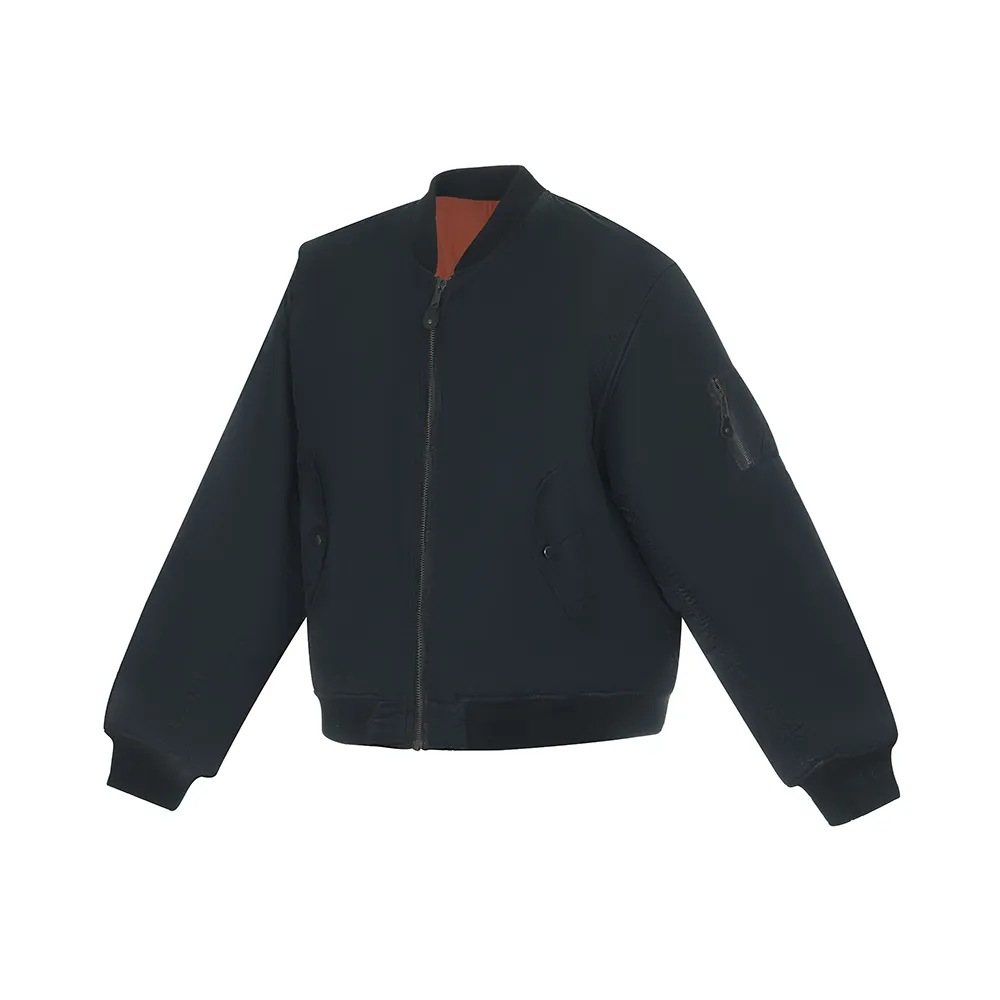
Figure 2: Detailed view of advanced features in a premium workwear jacket.
Tailored for Success: Comprehensive Customization Solutions for Industrial Apparel
In the highly competitive B2B landscape, the ability to procure a workwear jacket that precisely meets a company's unique functional, safety, and branding requirements is a significant differentiator. Customization is no longer a luxury but a strategic imperative, enabling businesses to optimize their operational efficiency while simultaneously reinforcing their corporate identity. One of the most common and impactful forms of customization is branding. This typically involves incorporating company logos, employee names, or departmental identifiers through techniques such as embroidery, screen printing, or heat transfers. Embroidery offers a premium, durable finish, ideal for executive or client-facing roles, while screen printing provides vibrant, cost-effective branding for larger volumes. Heat transfers offer versatility for intricate designs and various fabric types. Beyond simple branding, color matching is crucial for maintaining corporate aesthetics. Many manufacturers offer a wide palette of colors or the ability to custom-dye fabrics to align with specific brand guidelines, ensuring that the workwear jacket seamlessly integrates into the company's existing visual identity. This attention to detail in branding not only enhances professionalism but also fosters a stronger sense of unity and pride among employees, contributing to a cohesive and recognizable workforce.
Functional customization represents a deeper level of tailoring, where the core design of the workwear jacket is modified to address specific occupational needs. For instance, industries requiring extensive tool use might benefit from jackets with additional utility pockets, specialized loops for safety equipment, or reinforced sleeves to protect against abrasion from specific machinery. Similarly, companies operating in low-light conditions may require enhanced retro-reflective banding beyond standard compliance, positioned strategically for maximum visibility from all angles. For roles that involve frequent kneeling or resting on hard surfaces, integrated or external pockets for knee/elbow pads can be incorporated. The type of closure system can also be customized, from heavy-duty zippers and storm flaps for extreme weather protection to snap closures for quick donning and doffing. In colder climates, the addition of a zip-in fleece liner or a heavy-duty warm vest jacket can transform a versatile shell into a comprehensive cold-weather system. Manufacturers adept at customization also offer a wider range of sizing options, including extended sizes for larger builds or specific cuts for female workers, ensuring that all employees can be comfortably and safely outfitted, thereby complying with ergonomic principles and promoting inclusivity.
The process of implementing customization typically involves a detailed consultation between the client and the manufacturer's design and engineering teams. This collaborative approach ensures that all requirements, from material specifications to specific feature additions, are thoroughly understood and accurately translated into the final product. Minimum Order Quantities (MOQs) for customized orders vary depending on the complexity of the modifications and the manufacturer's production capacity, but reputable suppliers often provide flexible options to accommodate diverse business scales. Furthermore, customized solutions extend to specific protective treatments or material blends. For example, a company dealing with static-sensitive electronics might require jackets made with anti-static fibers, while another in a dusty environment might opt for fabrics with anti-microbial treatments to enhance hygiene and reduce odor. The ultimate value of customization lies in its ability to deliver a workwear solution that is not merely off-the-shelf but is purpose-built to enhance safety, improve worker comfort and productivity, and elevate brand presence within the specific operational context of the client. This strategic investment in tailored apparel yields significant long-term benefits, solidifying the role of the outdoor jackets and other specialized workwear as integral assets in a company's operational framework.
Real-World Impact: Illustrative Application Cases of Advanced Workwear Solutions
The tangible benefits of investing in high-performance workwear jacket solutions are best illustrated through real-world application cases, where companies have successfully leveraged advanced apparel to enhance safety, productivity, and operational efficiency. Consider a large petrochemical complex operating in a challenging climate with significant temperature fluctuations. Prior to implementing an advanced workwear program, the complex experienced issues with worker discomfort, leading to reduced productivity and an increased risk of heat stress or cold-related illnesses. By deploying a specialized workwear jacket system, including the Bomb Jacket, which features a multi-layer design with superior thermal insulation and breathable membranes, the company observed a notable improvement. Workers reported enhanced comfort levels across varied temperatures, minimizing the need for frequent breaks to adjust clothing. The integrated flame-resistant properties and chemical splash protection of these jackets also significantly reduced the incidence of minor injuries and near-misses related to hazardous material exposure. This case demonstrates how a strategic investment in specialized apparel can directly contribute to a safer, more productive workforce by addressing specific environmental and occupational hazards, leading to a measurable reduction in safety incidents and an improvement in overall operational uptime.
Another compelling case involves a leading construction firm specializing in large-scale infrastructure projects, where employees are consistently exposed to the elements and physically demanding tasks. The firm's previous generic outdoor jackets were failing to provide adequate protection against rain, wind, and cold, resulting in higher absenteeism due to illness and lower morale during adverse weather conditions. Upon adopting a robust line of workwear jacket solutions, specifically designed for heavy-duty outdoor use, the firm experienced a dramatic positive shift. These jackets featured advanced waterproof and windproof materials with high breathability ratings, ensuring workers remained dry and comfortable even during prolonged exposure to inclement weather. Reinforced elbows and shoulders, coupled with durable, abrasion-resistant fabrics, also significantly extended the lifespan of the garments, reducing replacement costs by over 30% annually. Furthermore, the high-visibility elements integrated into these jackets, compliant with ANSI/ISEA 107 standards, improved worker safety in low-light conditions, leading to a reported 15% decrease in vehicle-related incidents on site. This transformation underscores how targeted workwear solutions can directly improve employee well-being and contribute to substantial operational savings through increased durability and reduced safety risks.
A third example highlights a global logistics and warehousing company seeking to enhance team uniformity and safety across its vast distribution network. With thousands of employees working in diverse roles from material handling to cold storage, the company required a versatile yet cohesive workwear solution. They opted for a customizable workwear jacket program that included insulated Bomb Jackets for cold storage areas and lighter, breathable options for general warehousing, alongside complementary warm vest jacket layers for adaptability. The key success factor was the ability to integrate consistent branding and specific functional features across all jacket types. This not only fostered a strong sense of team identity and professionalism, visible to clients and partners, but also addressed the specific safety needs of each operational area. For instance, jackets for forklift operators included enhanced visibility and ergonomic cuts to ensure unrestricted movement, while those for cold storage personnel offered superior insulation without bulk. Feedback from employees consistently highlighted improved comfort and protection, which correlated with a measurable increase in job satisfaction and a decrease in minor workplace incidents. These cases collectively demonstrate that the strategic implementation of high-quality, technically advanced workwear is not merely an expenditure but a vital investment that yields tangible improvements in safety, productivity, and overall business performance across diverse industrial sectors.
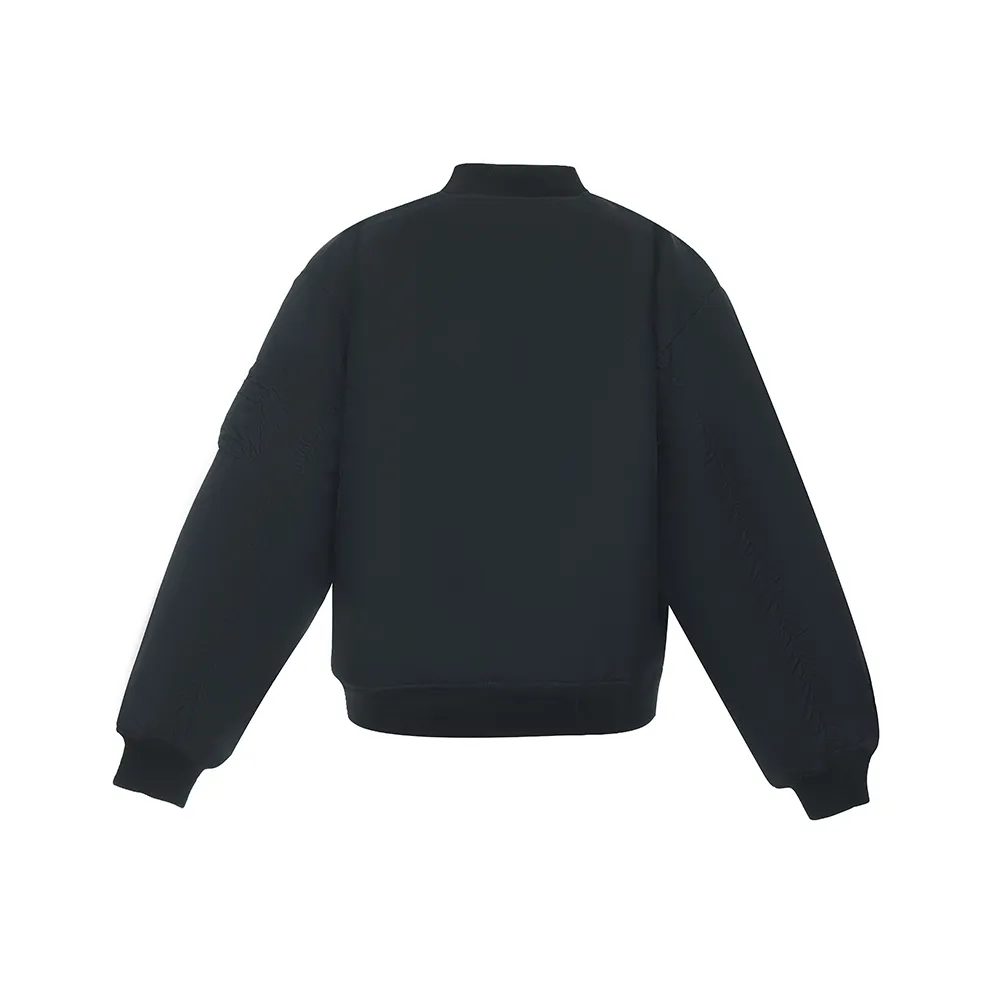
Figure 3: A workwear jacket providing protection and mobility in an industrial setting.
Ensuring Trust and Reliability: The Cornerstone of Professional Workwear Procurement
In the B2B sector, the decision to procure industrial apparel, particularly a complex product like a workwear jacket, is heavily influenced by trust and reliability. These are not abstract concepts but tangible commitments from a manufacturer that translate into concrete benefits for the client. A key component of establishing trust is transparency around quality assurance and warranty policies. Reputable manufacturers provide clear, comprehensive warranties that cover defects in materials and workmanship, offering repair or replacement options. This commitment signals confidence in their product's durability and performance. Beyond formal guarantees, proactive customer support and robust after-sales service are paramount. This includes readily available technical assistance for product selection, detailed guidance on garment care and maintenance to maximize lifespan, and efficient resolution of any issues that may arise post-delivery. Companies like QS Clothing pride themselves on building long-term relationships through dedicated account managers who understand the specific needs of industrial clients, ensuring that every Bomb Jacket or outdoor jackets order is handled with precision and care. This level of support significantly reduces the administrative burden on the client and ensures that their workforce remains adequately protected and comfortably equipped at all times.
Another crucial aspect of trustworthiness is the clarity and efficiency of delivery lead times and logistics. In industrial operations, timely supply of essential workwear is critical to maintaining continuous operations and ensuring workforce safety compliance. Manufacturers should provide realistic and consistent lead times, supported by a resilient global supply chain and efficient logistics partners. The ability to track orders and receive regular updates on shipment status further enhances client confidence. For large-scale procurement or ongoing supply agreements, a manufacturer's capacity to manage complex logistics, including international shipping, customs clearance, and multi-location deliveries, becomes a decisive factor. Trust is also built through adherence to ethical manufacturing practices and environmental responsibility. Increasingly, businesses are prioritizing suppliers who demonstrate a commitment to fair labor practices, safe working conditions, and sustainable production methods. Certifications from organizations like WRAP (Worldwide Responsible Accredited Production) or OEKO-TEX® (for textile safety) provide external validation of these commitments, aligning with corporate social responsibility goals. A manufacturer's long-standing reputation, positive client testimonials, and industry recognition further solidify their position as a reliable partner in the supply of high-quality workwear jacket solutions.
Frequently Asked Questions (FAQ) about Workwear Jackets
Q1: How do I choose the right workwear jacket for my industry?
A1: Selecting the appropriate workwear jacket requires a comprehensive assessment of your specific operational environment and associated hazards. Key factors include the prevailing weather conditions (temperature, rain, wind), potential exposure to chemicals, flame, or sharp objects, and the level of physical activity involved. You should also consider necessary certifications (e.g., ANSI/ISEA for high-visibility, NFPA for flame resistance), required durability, and comfort for extended wear. Consulting with a specialized workwear manufacturer's technical sales team, like QS Clothing, can provide expert guidance tailored to your unique needs.
Q2: What is the typical lifespan of a high-performance workwear jacket?
A2: The lifespan of a high-performance workwear jacket varies significantly based on its construction quality, materials, the intensity of use, and adherence to care instructions. Premium jackets, designed for heavy industrial use (like the Bomb Jacket), can often last 3 to 5 years or even longer. Jackets used in less demanding environments may last even longer. Factors like frequent exposure to abrasives, chemicals, or extreme temperatures can reduce lifespan, while proper cleaning and maintenance can significantly extend it.
Q3: Can workwear jackets be customized with company logos and specific features?
A3: Absolutely. Most professional workwear jacket manufacturers offer extensive customization options. This includes branding through embroidery, screen printing, or heat transfers for company logos and employee names. Beyond branding, functional customizations such as additional pockets, specialized reflective patterns, reinforced areas, or modular components (e.g., zip-in warm vest jacket liners) can be incorporated to meet specific operational requirements. Consult with your supplier about their customization capabilities and minimum order quantities (MOQs).
Q4: Are there different types of insulation for workwear jackets, and which is best for cold weather?
A4: Yes, insulation types vary to suit different needs. Common types include natural down, synthetic fills (like Thinsulate™ or PrimaLoft®), and fleece. Synthetic insulations are generally preferred for outdoor jackets and workwear due to their ability to retain warmth even when wet, their hypoallergenic properties, and ease of care. The "best" for cold weather depends on the specific temperature range, activity level, and moisture exposure. High-loft synthetic fills or a dense warm vest jacket liner are excellent choices for extreme cold, offering superior thermal retention without excessive bulk.
Q5: How important are certifications (e.g., ISO, ANSI) for industrial workwear?
A5: Certifications are critically important as they provide independent verification that a workwear jacket meets established safety, quality, and performance standards. ISO 9001 indicates a robust quality management system within the manufacturing process. ANSI/ISEA 107 (North America) and EN ISO 20471 (Europe) certify high-visibility apparel. NFPA 2112 or EN ISO 11612 certify flame-resistant garments. These certifications ensure that the apparel provides the stated level of protection and adheres to regulatory requirements, giving purchasers confidence in the product's reliability and compliance.
Conclusion: Strategic Imperatives for Modern Workwear Procurement
The contemporary industrial environment demands more than just basic protective clothing; it necessitates sophisticated solutions embodied by the modern workwear jacket. As explored throughout this comprehensive analysis, the evolution of workwear has been driven by an increasing emphasis on worker safety, comfort, and productivity, intertwined with advancements in material science and manufacturing technology. From the meticulous selection of high-performance fabrics with specific resistance properties—be it to flame, chemicals, or extreme weather—to the implementation of precision cutting and advanced stitching techniques, every stage of a jacket’s creation is engineered to deliver unparalleled durability and functionality. The ability of a premium workwear jacket, such as the Bomb Jacket, to adapt to diverse application scenarios—from the rigorous demands of petrochemical and metallurgical industries to the variable conditions of logistics and outdoor construction—underscores its strategic importance. These jackets are not merely garments; they are integral components of a company's safety protocol and operational efficiency framework, actively contributing to reduced injury rates, enhanced worker morale, and ultimately, a healthier bottom line.
The technical advantages offered by advanced workwear, including superior thermal regulation, enhanced corrosion resistance of components, and ergonomic designs that facilitate mobility, collectively translate into tangible benefits for industrial enterprises. The investment in high-quality apparel mitigates risks associated with worker discomfort and exposure, while also providing a significant return on investment through extended garment lifespan and reduced replacement costs. Furthermore, the capacity for extensive customization—encompassing branding, specific feature modifications, and inclusive sizing—empowers businesses to procure apparel that not only meets their functional requirements but also aligns seamlessly with their corporate identity and values. The comparative analysis of manufacturers highlights the critical importance of evaluating vendors based on their commitment to quality, innovation, certifications, and comprehensive customer support. Trust and reliability, reinforced by transparent warranty policies, efficient logistics, and a dedication to ethical manufacturing, form the bedrock of successful long-term partnerships in the procurement of industrial apparel. The strategic procurement of a high-performance workwear jacket and complementary items like a versatile warm vest jacket or robust outdoor jackets is therefore not just a purchasing decision but a vital component of a forward-thinking business strategy focused on human capital and operational excellence.
Looking ahead, the workwear industry is poised for continued innovation, with emerging trends such as the integration of smart textiles for real-time monitoring, further advancements in sustainable materials, and the development of truly circular production models. These future developments promise to further enhance the protective capabilities and environmental footprint of industrial apparel. For B2B decision-makers and technical personnel, staying abreast of these advancements and partnering with manufacturers who are at the forefront of innovation will be crucial for maintaining competitive advantage and ensuring the highest standards of safety and productivity for their workforce. The journey of the workwear jacket from a simple protective garment to a sophisticated piece of engineering underscores its indispensable role in the modern industrial landscape, a role that will only grow in complexity and importance as industries evolve and new challenges emerge.
References and Authoritative Citations
- ISO 9001:2015. Quality management systems – Requirements. https://www.iso.org/standard/62085.html
- ANSI/ISEA 107-2020. American National Standard for High-Visibility Safety Apparel and Accessories. https://safetyequipment.org/standard/ansi-isea-107-2020/
- NFPA 2112. Standard on Flame-Resistant Garments for Protection of Industrial Personnel Against Flash Fire. https://www.nfpa.org/codes-and-standards/all-codes-and-standards/list-of-codes-and-standards/detail?code=2112
- EN ISO 11612:2015. Protective clothing — Clothing to protect against heat and flame — Minimum performance requirements. https://www.iso.org/standard/60829.html
- Martindale Abrasion Test (EN ISO 12947-2). Textiles — Determination of the abrasion resistance of fabrics by the Martindale method — Part 2: Determination of specimen breakdown. https://www.iso.org/standard/54756.html
- Textile World Magazine. "Smart Textiles: The Future of Functional Wear." (A general search for "smart textiles workwear" on Textile World would yield relevant articles, e.g., https://www.textileworld.com/textile-world/textile-insights/2023/08/the-future-of-textile-technology-2/)
- Industrial Safety & Hygiene News (ISHN). "Workwear Trends to Watch in 2024." (A general search for "workwear trends" on ISHN would yield relevant articles, e.g., https://www.ishn.com/articles/114995-workwear-that-works-for-the-workers)

